NOTE: The Borough of Far Hills celebrated its 100th anniversary #farhills100, with Council President Karner and the mayor’s wife, Janis Vallone, spearheading “what will be a great community event on May 15, 2021, with a parade and picnic for Far Hills residents.” Due to COVID, the Town only had a small 10 a.m. ceremony outside Borough Hall.
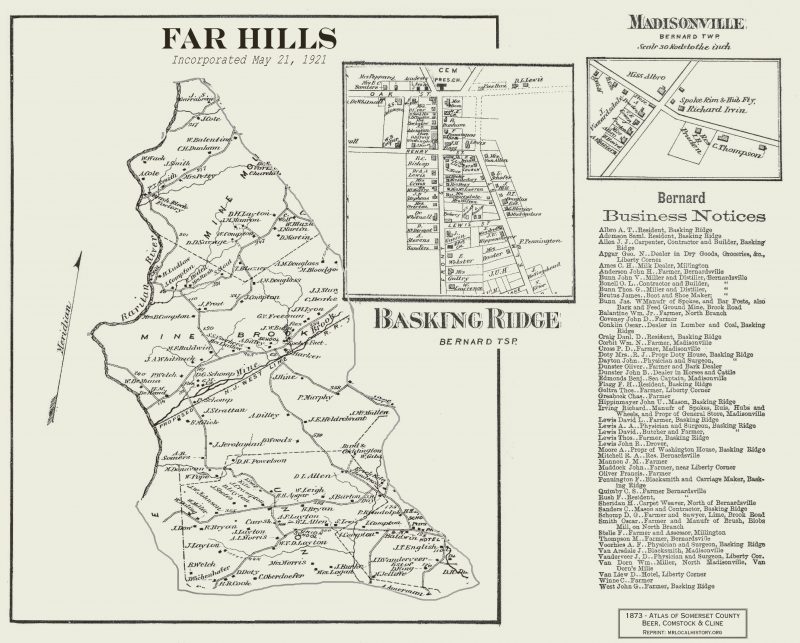
Make a donation – get a gift map of Far Hills. Suitable for framing,
The plan was to have a parade starting at the Far Hills Train Station, continuing down Peapack Road, and ending at the monument in front of our municipal building. Mayor Vallone will read a Proclamation commemorating this great event. A time capsule was also to be buried, including articles, photos, and comments submitted by residents. Following this ceremony, residents were going to join for an elegant, catered country picnic at the J. Malcolm Belcher Fairgrounds.
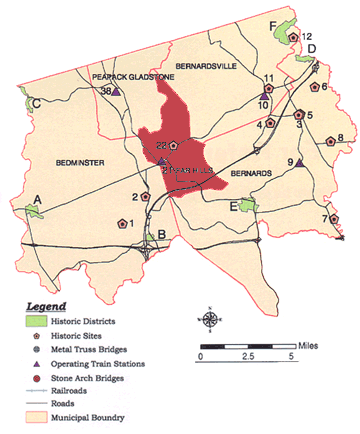
Far Hills Ties to Bernards Township
Many people weren’t around when Far Hills was actually part of Bernards Township. On March 28, 1921, a bill was introduced to the New Jersey State Legislature. The Far Hills bill was “introduced, heard, and first and second readings, referred to committee, voted out, and passed by the state Senate.
In a local referendum on May 12. In 1921, Far Hills voters approved the incorporation of the borough. The Mr. Local History Project honors the incorporation of the Borough of Far Hills, their founding families, and what history books state is Elizabeth Schley’s recognition and the final designation of the “far hills” as one of the richest towns in New Jersey.
The Borough of Far Hills in the Somerset Hills of New Jersey was set off from Bernards Township and incorporated as a political entity in 1921 by means of a special act of the New Jersey Legislature and a successful local referendum in which 117 votes were cast in favor of, forming a borough and 15 votes were in opposition.
New Jersey Historic Village Collection Honors Far Hills – Watch the Video
Available online only. Get yours today – Click Here
Some of the earliest settlers to this area were the Wyckoffs, who farmed the upland meadows and bottom lands along the Raritan River. The Millers employed the water power of the streams for industrial use. Zachariah Smith built a sawmill and brush block factory on the North Branch shortly after 1800. Eighty years later, it was still in operation under his grandson, Oscar Smith.
In 1887, Elizabeth Schley is said to have exclaimed on the vista of those beautiful “far hills”, thus expressing the name for the first time. It stuck.
Elizabeth Baker Schley
Further south on the river, in the area known as Forge Hollow and later as Hub Hollow, William Ludlow was a shoemaker, and his son, Charles, had a saw mill and woolen factory, which were succeeded by the Ludlow Family’s hub factory.
Evander H. Schley, anticipating a land development demand for country estates, set his broker’s eyes on the area. As a bachelor, Schley bought several thousand acres of farmland, some of it sight unseen, in Bedminster and Bernards townships in the 1880s. Then, one day in 1887, Evander’s brother, Grant, and his wife, Martha Elizabeth Baker Schley, came out from New York City by horse-drawn carriage to look at Evander’s farms. Elizabeth is said to have exclaimed on the beautiful vista of those “far hills”, thus coining the name for the first time. It stuck.
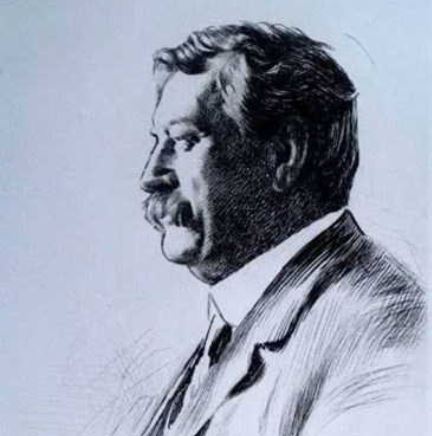
They both liked the area so much that they bought 1,500 acres on the North Branch of the Raritan River from Evander, including the hills that have since been known as Schley Mountain. On the knoll above the river, the Schleys built Froh-Heim, a rambling country house with Japanese accents, and all the auxiliary buildings required for an estate that was to be a working farm as well.
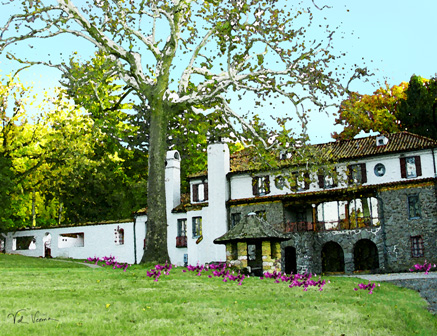
Through Grant Schley’s efforts, the Delaware, Lackawanna and Western Railroad built an extension line from Bernardsville to Gladstone. Service began in 1890. A train station was constructed at Far Hills, and a rural commercial center soon developed around it.
Evander Schley acquired a half interest in David Dumont’s farm among the lands. In 1899, Schley and Dumont drew up a subdivision plan and offered lots for sale in what was to become Far Hills village. A unique clause was written into each deed prohibiting the sale of alcoholic beverages on the premises.
Far Hills is a Dry Town
Some may wonder why there isn’t a bar serving alcohol in the Borough of Far Hills. Well, there’s a reason. With the incorporation of Far Hills in the middle of the prohibition era, you guessed it, Far Hills was going to be a dry town as part of its incorporation as a borough.
And said party of the second part further covenants and agrees for himself, his heirs, executors and assigns, that neither he nor they shall or will at any time erect or permit to be erected on the premises hereby conveyed any building for the purpose of selling intoxicating liquors, beer or wine.
Grant Schley
The Eighteenth Amendment (Amendment XVIII) of the United States Constitution established the prohibition of alcohol in the United States. Congress proposed the amendment on December 18, 1917, and it was ratified by the requisite number of states on January 16, 1919. The Eighteenth Amendment was repealed by the Twenty-first Amendment on December 5, 1933. It is the only amendment to be repealed. So Far, Hills was a dry town from the beginning.
Schley’s Community Development
On lands set aside for community uses, Grant Schley paid for the costs of building a village school, a church, a firehouse, a social club and a recreational area. Flood plain lands along the river were drained, graded, and seeded for a fairgrounds for agricultural and sporting events.
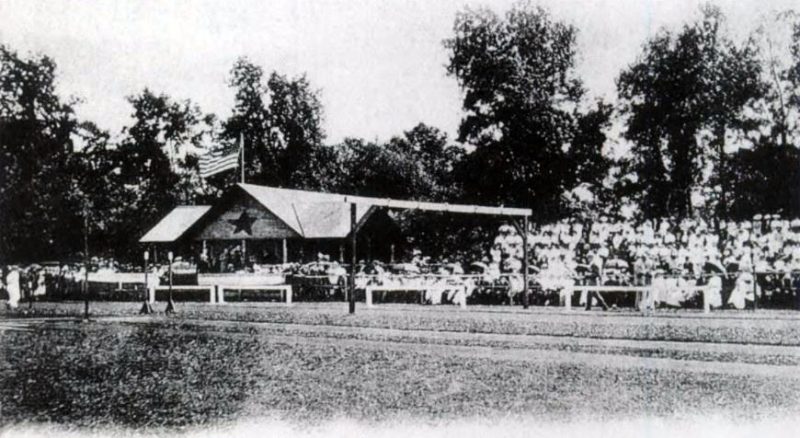
Automobiles began to appear on local roads about 1906, and Charles Welsh installed a gasoline pump at his livery stable. It is well remembered that Percy Pyne and C. Ledyard Blair had the first cars, and how frightened the horses were of the machines. Electricity came to Far Hills about 1910, and telephone service began about 1912.
The Gilded Age: Natirar Estate in Peapack & Far Hills
Catherine “Kate” Macy and Walter Graeme Ladd began acquiring property in the Somerset hills in 1905. Macy was a Quaker heiress to a whaling/oil/shipping fortune; her father’s business partner was John D. Rockefeller.
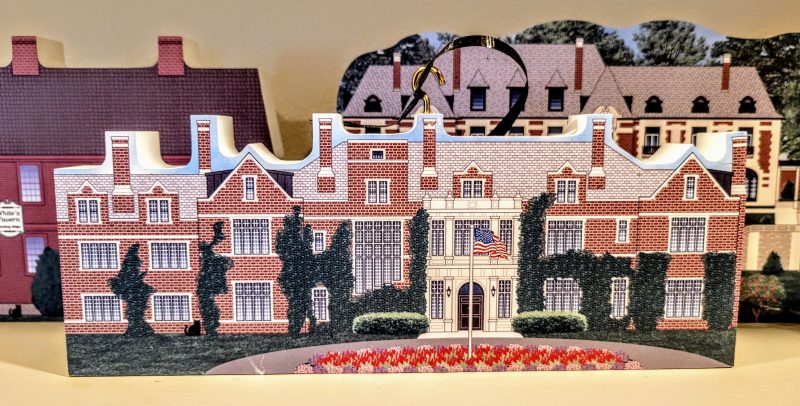
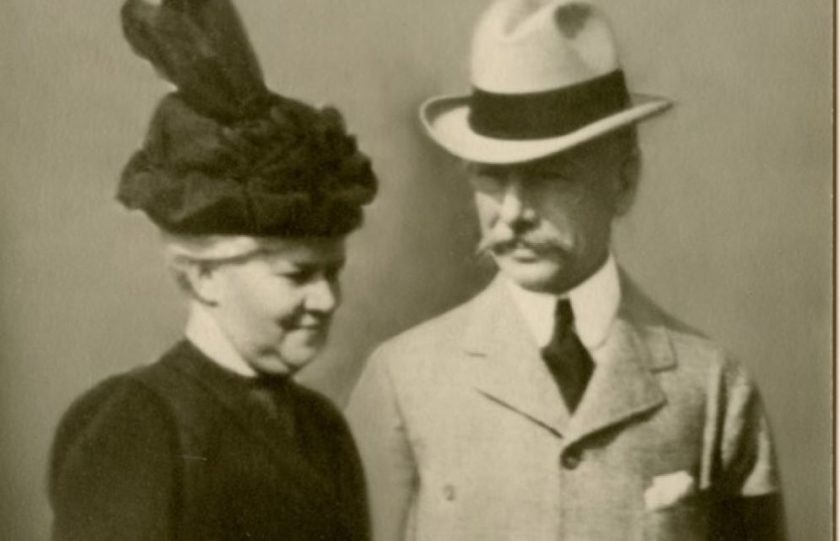
was born on September 20, 1856, and died on May 21, 1933 (76).
Catherine Kate Macy was born
April 6, 1863, and died August 27, 1945 (82) .
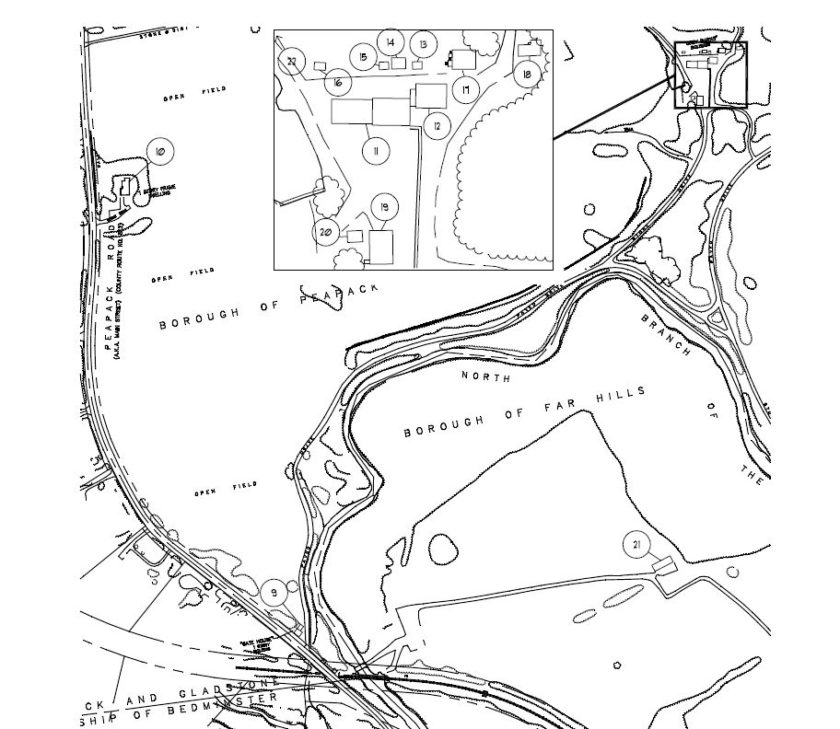
Far Hills Secedes from Bernards Township
Rising taxes led the 200 residents of Far Hills to decide to secede from Bernards Township and to incorporate as a Borough. The local property tax rate jumped from $2.72 in 1919 to $3.53 in 1920. Both the villagers and Far Hills estate owners objected to sharing the costs of road upkeep in the 60 square mile township with its population of 5,100, and also to the school taxes for educating the township’s 800, of which only 90 were from Far Hills. Further, they protested the lack of police protection.
New Jersey Senate Bill 332, authorizing the incorporation of the Borough of Far Hills, was introduced into the Legislature by state Sen. Clarence E. Case. Fifty residents went to Trenton to cheer for the favorable action. In a 30-minute session on March 28, 1921, the Far Hills bill was “introduced, heard and first and second readings, referred to committee, voted out, and passed by the Senate.” The Assembly concurred a week later. In a local referendum on MAY 12. 1921 Far Hills voters approved the incorporation of the borough by a vote of 11 7-15.
Far Hills Race Meeting Celebrated its 100th Running in 2021
Lured by the magnet of the interstate highways in 1971, AT&T acquired 225 acres in Far Hills and an adjoining 140 acres in Bedminster, lands once part of Grant Schley’s Froh-Heim, and constructed a corporate headquarters for its Long Lines Division near the river in Bedminster. AT&T pledged to keep the Far Hills lands open space forever and to continue to make the race course available for the Essex Fox Hounds Race Meeting.
In November 1921, the Essex Fox Hounds Race Meeting, which had previously been held in Bedminster, moved to Froh-Heim. More than 2,000 people came to see the fourth running of the New Jersey Hunt Cup Race—it rained.
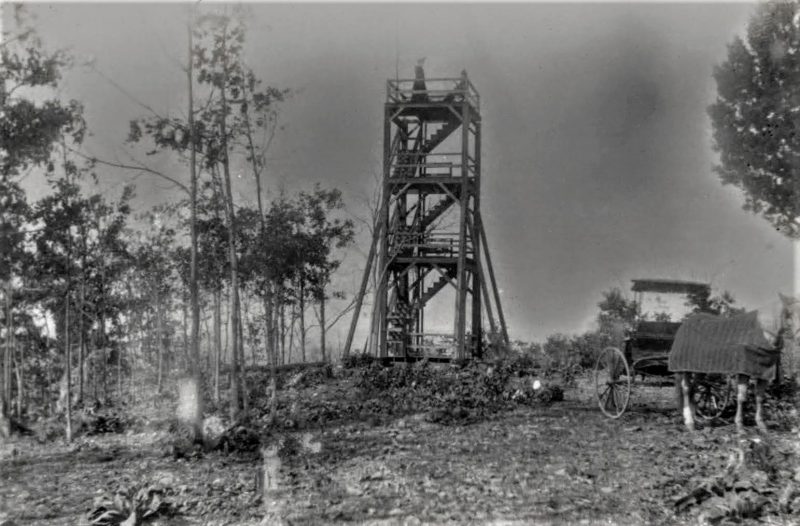
The Far Hills Race Meeting is the quintessential nexus of family, friends and the beautiful fall season outdoors on Far Hills most historic grounds. For years I’ve researched, studied, and photographed so many aspects of the race meeting and always step back on the hillside to soak in the spectacle that provides the perfect backdrop of the area’s beauty and equestrian grandeur. As a historian, I can’t tell you how excited I am to honor this event with a centennial badge of honor.
Mr. Local history Project founder Brooks Betz
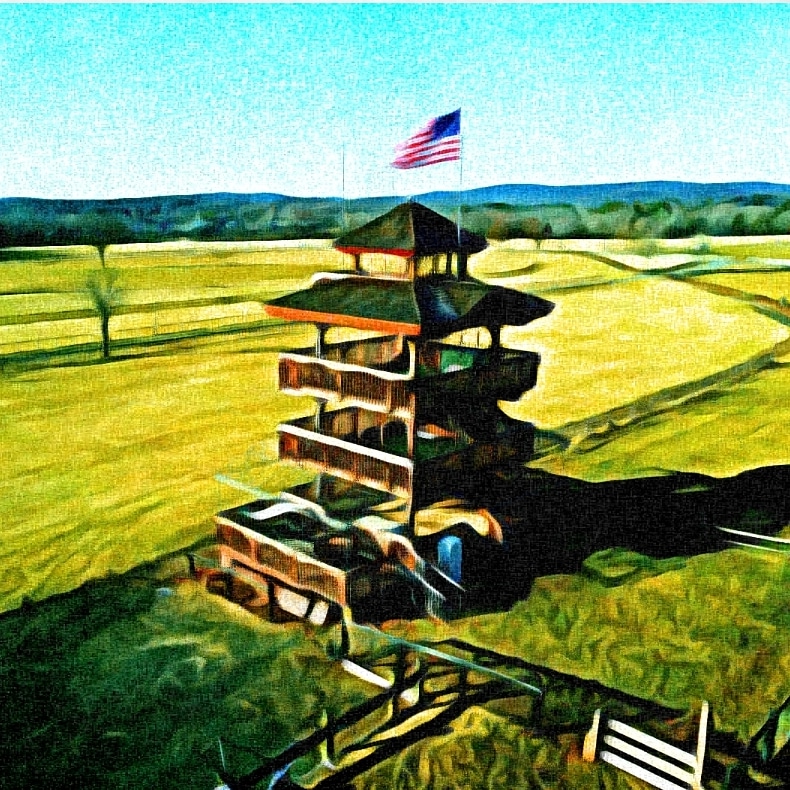
Far Hills Train, Schools, Government
In 1931, electric trains replaced the old steam-powered engines on the DL&W tracks. The borough adopted its first zoning ordinance in 1932. With the exception of village lands, the whole of Far Hills was zoned for a 25-acre minimum lot size. In 1947, the Zoning Ordinance was revised, reducing the 25-acre zone to a 10-acre minimum lot size.
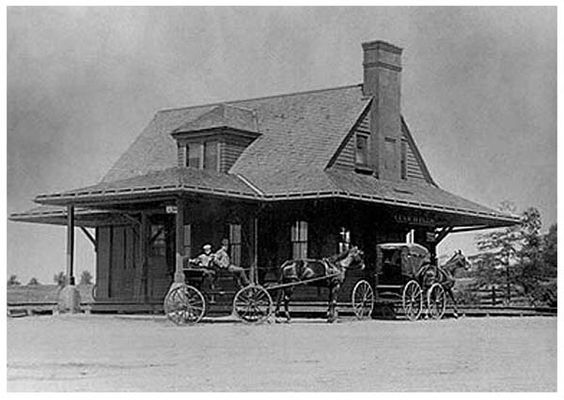
Local K-8 students attended Bedminster schools from the fall of 1967 until 1984, when they were shifted to Bernardsville and the Somerset Hills School District.
Finally, you cannot forget the civil servants who ran Far Hills over the years. The position of Mayor has been a place for many men who’ve left their mark serving the community.
Far Hills is governed under the Borough form of New Jersey municipal government, which is used in 218 municipalities (of the 565) statewide, making it the most common form of government in New Jersey. The governing body comprises the Mayor and the Borough Council, with all positions elected at-large on a partisan basis as part of the November general election. A Mayor is elected directly by the voters to a four-year term of office.
The list of Mayors of the Borough of Far Hills is as follows:
- LOUIS VERNON LUDLOW – June 13, 1921 to December 31, 1923 (2)
- REEVE SCHLEY – January 8, 1924 TO December 31, 1937 (13)
- J. MALCOLM BELCHER – January 3, 1938 to December 31, 1965 (27)
- EDWIN BURKE – January 10, 1966 to December 30, 1970 (4)
- JOHN WETZEL – January 4, 1971 to May 15, 1974 (3)
- EDMOND P. ROCHAT, JR. – June 10, 1974 to December 31, 1978 (4)
- HENRY ARGENTO – January 9, 1979 to December 31, 1982 (3)
- HARRY HOFFMAN – January 3, 1983 to June 2, 1986 (3)
- WILLIAM C. LAYTON, JR. – June 16, 1986 to December 31, 1994 (8)
- CARL J. TORSILIERI – January 2, 1995 to December 31, 2010 (15)
- PAUL J. VALLONE – Jan. 7, 2011 to Present
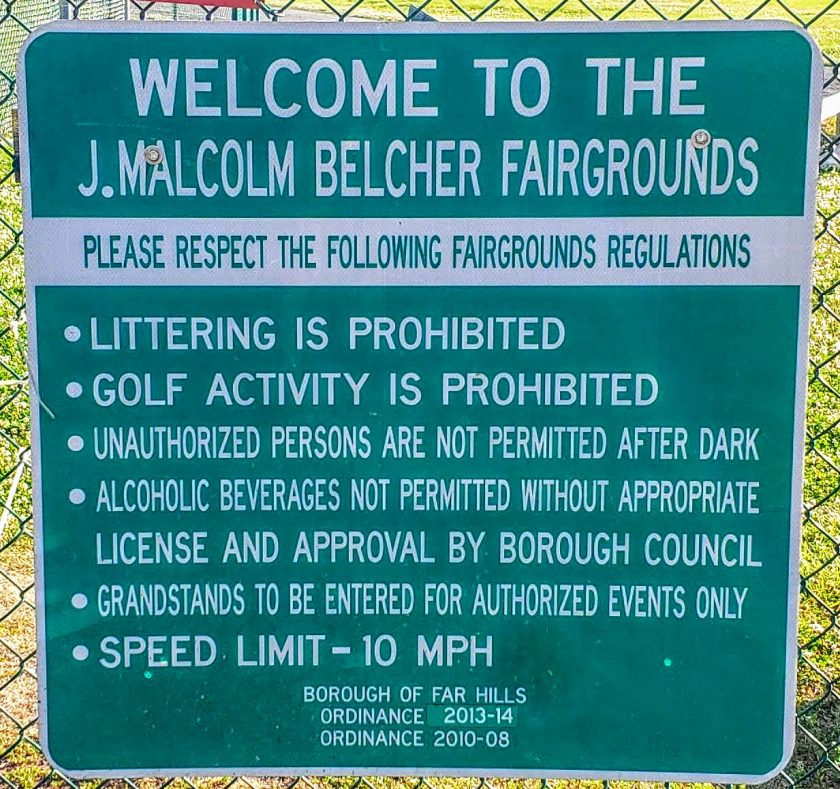
Far Hills Community Photo Album
MLH honors the history of Far Hills in their Far Hills Community Photo Album. Send us a photo and we’ll add it to the collection. (Click any image to start the slideshow)
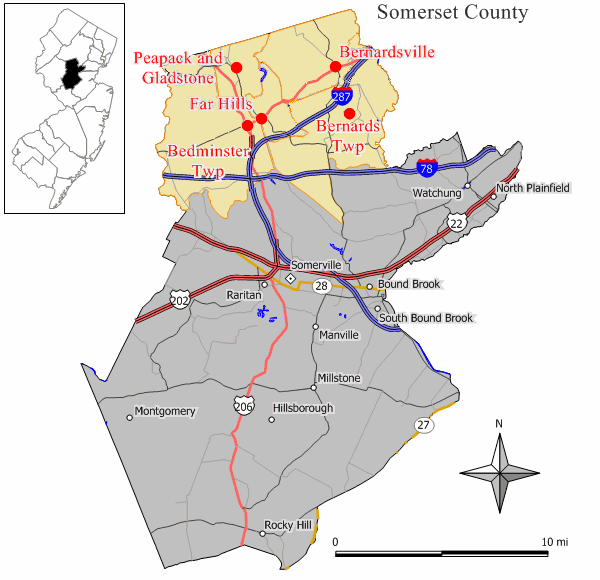

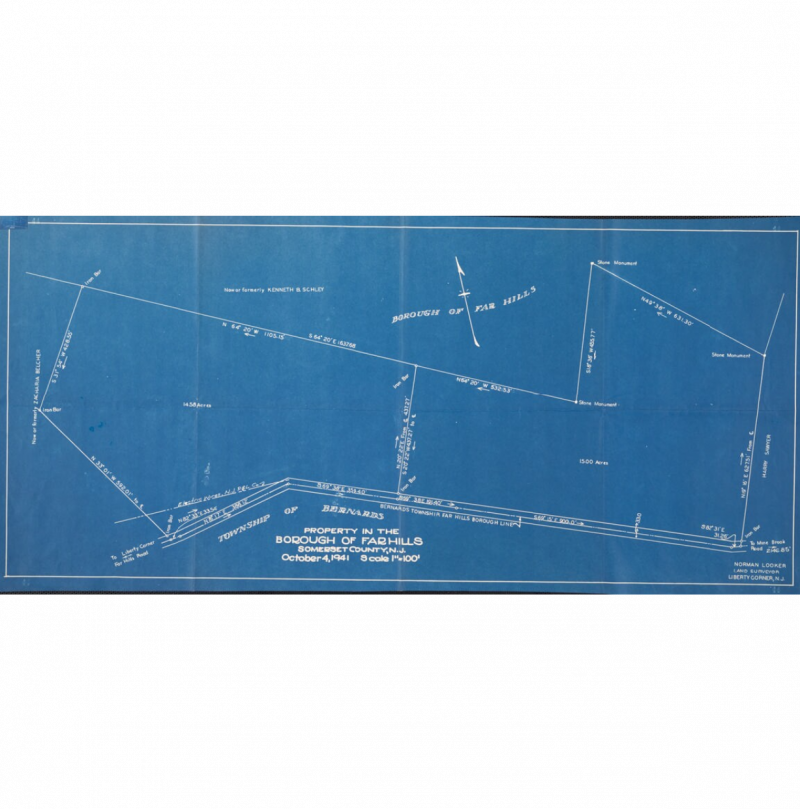
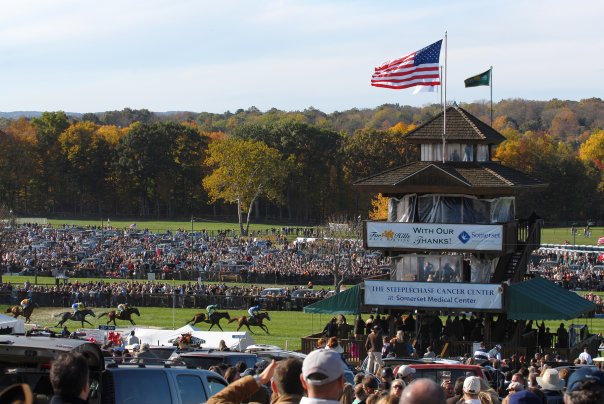
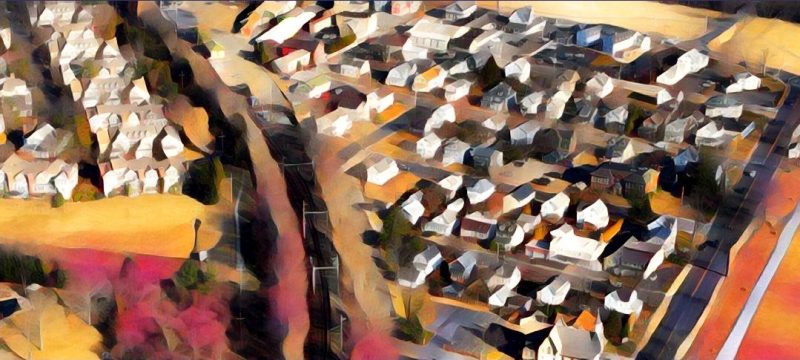
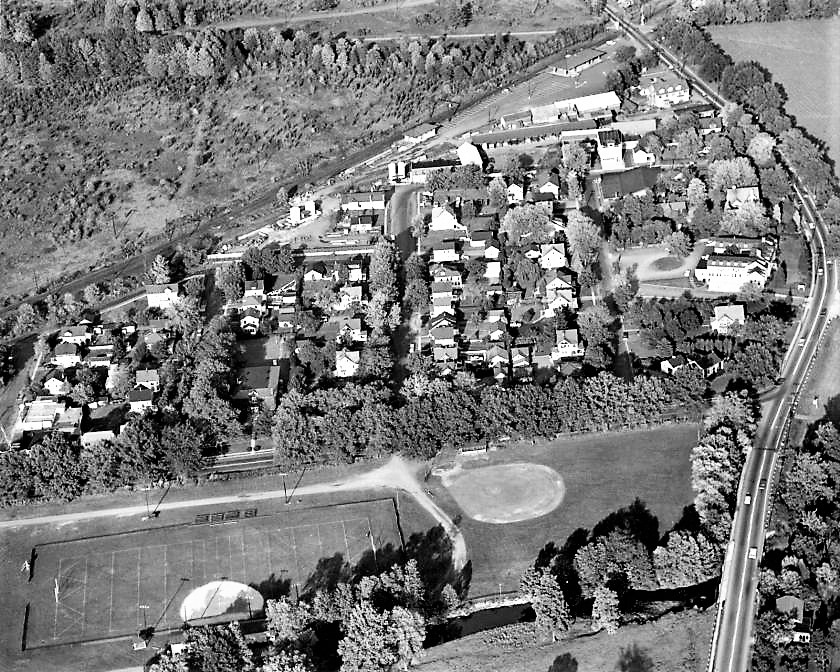
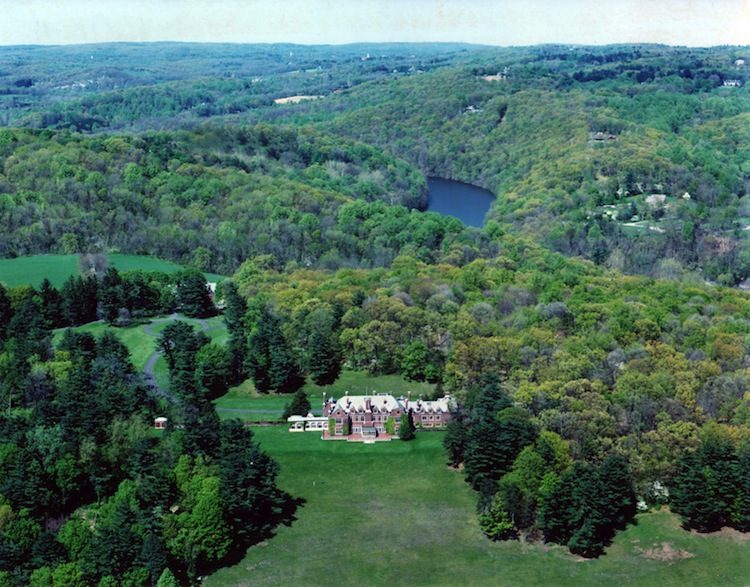
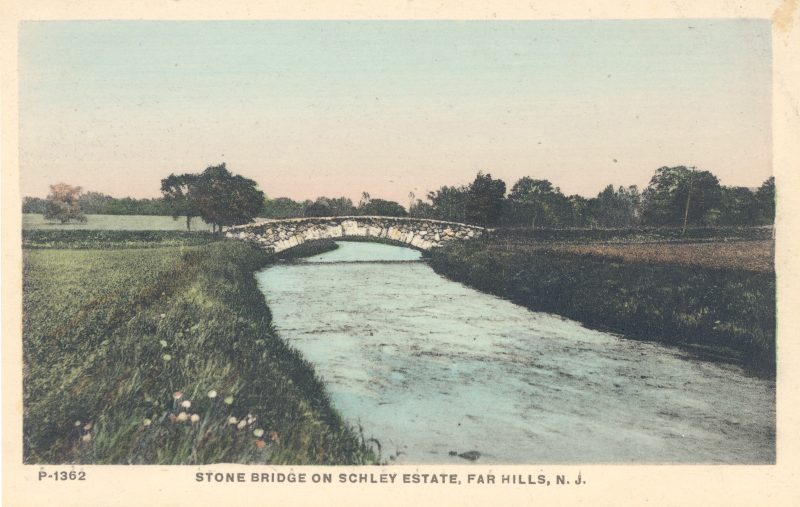
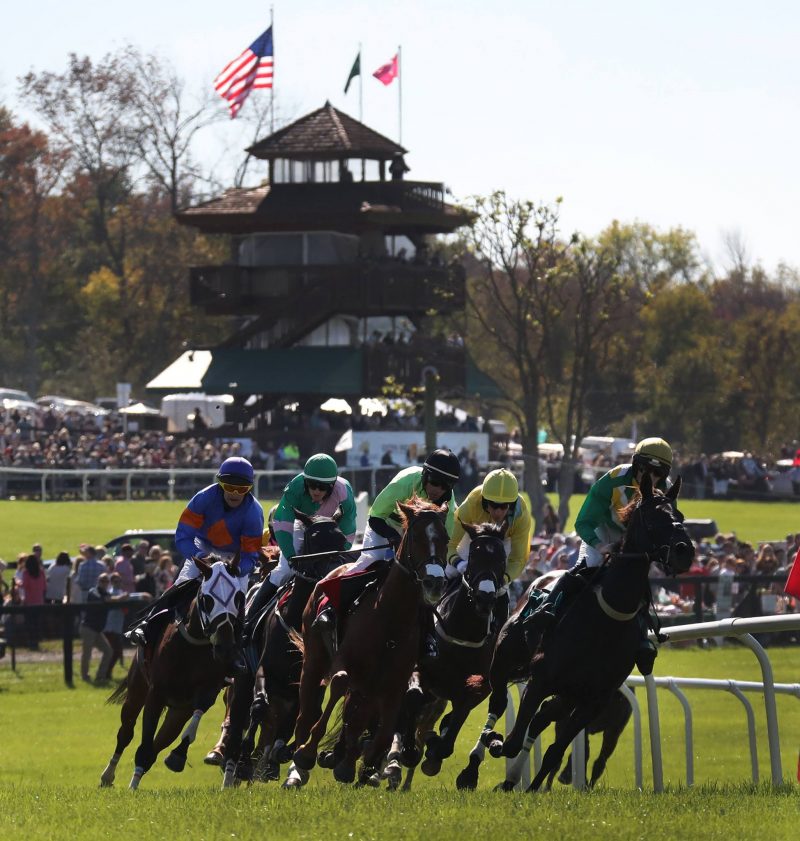
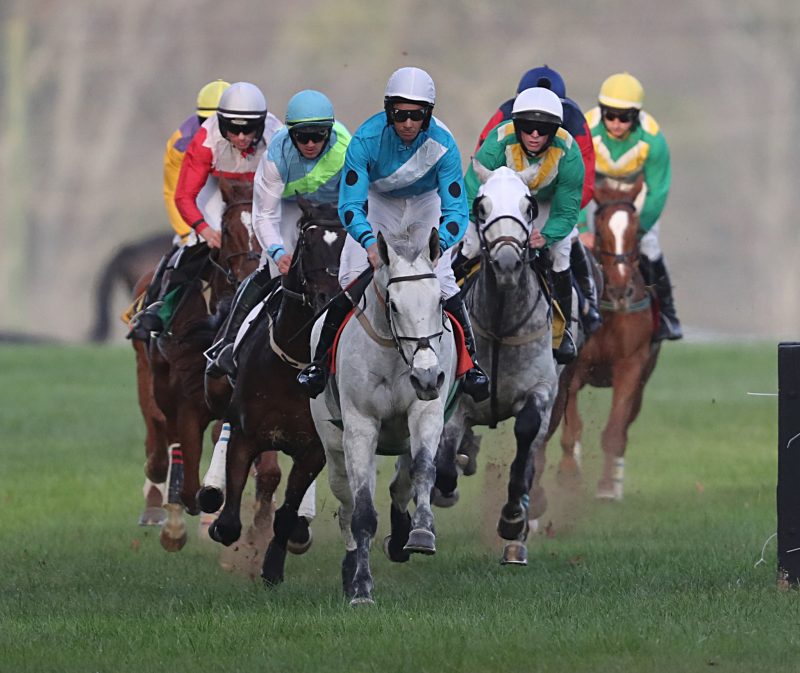
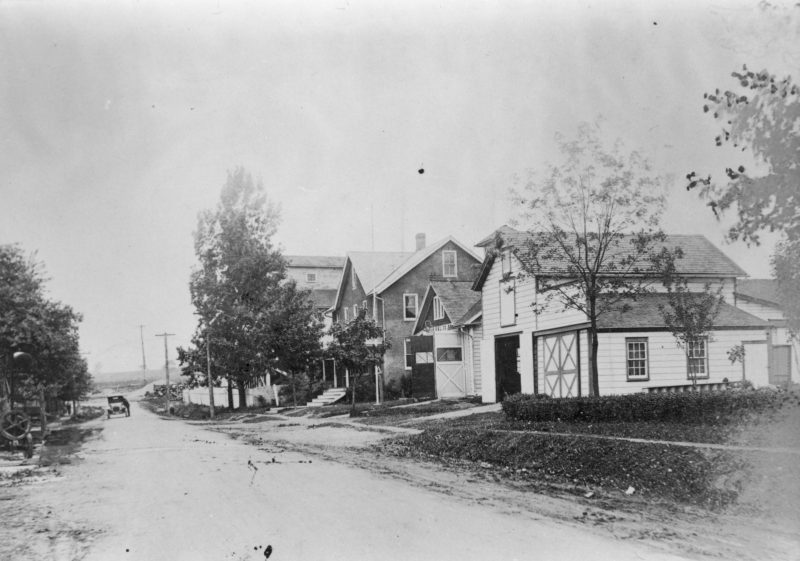
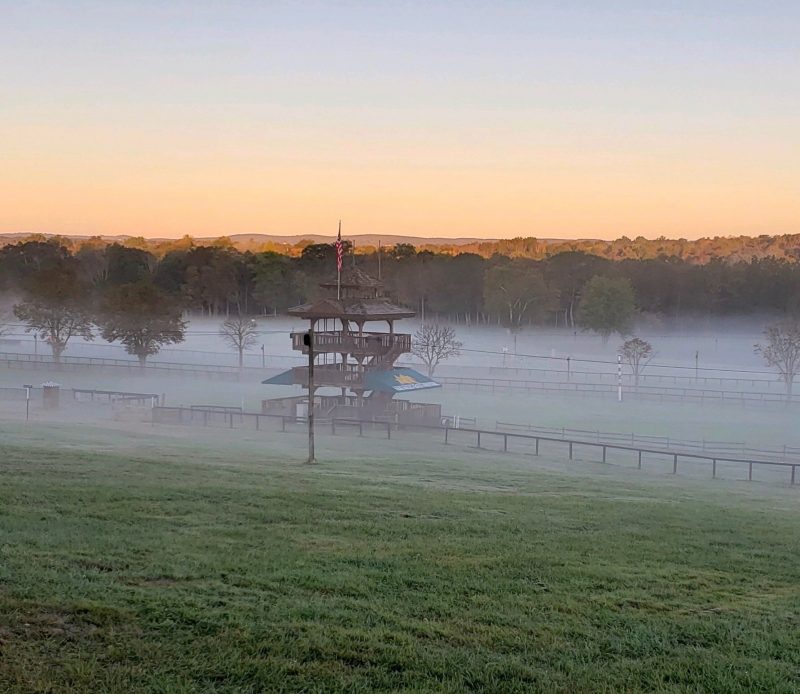
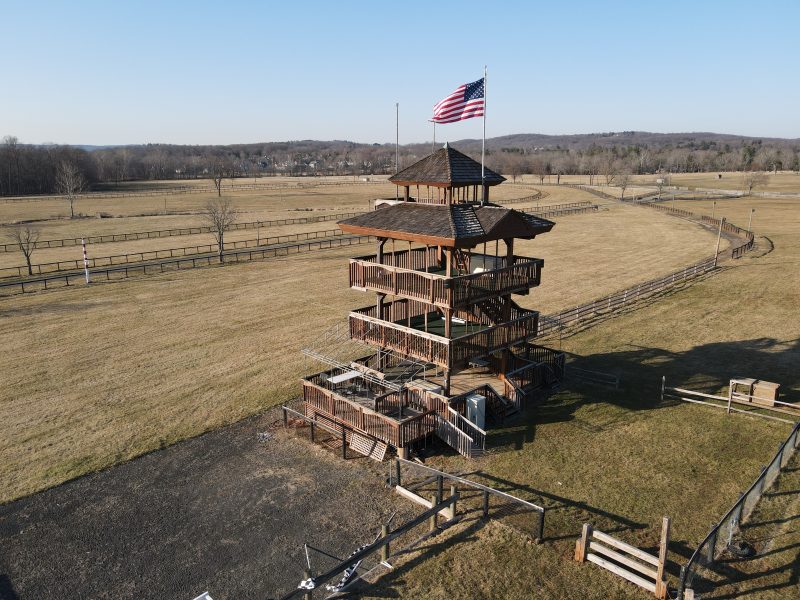
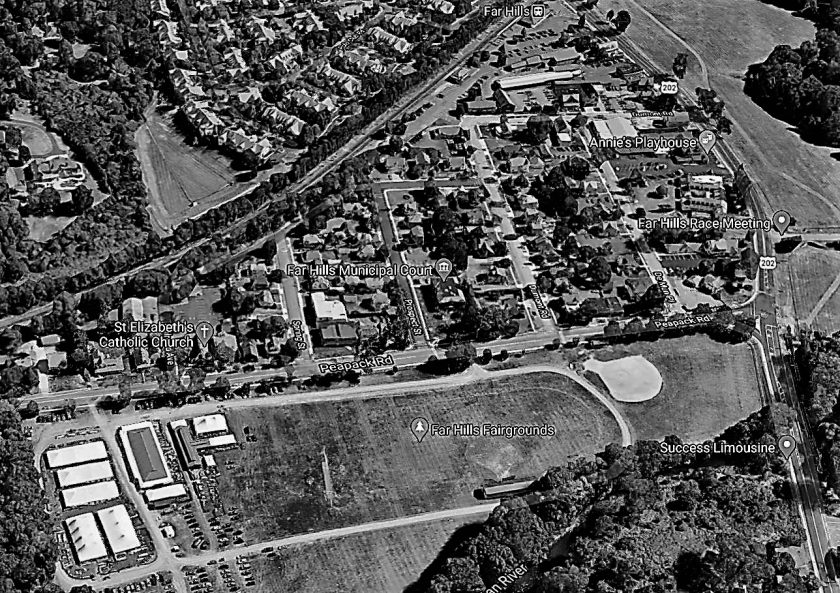
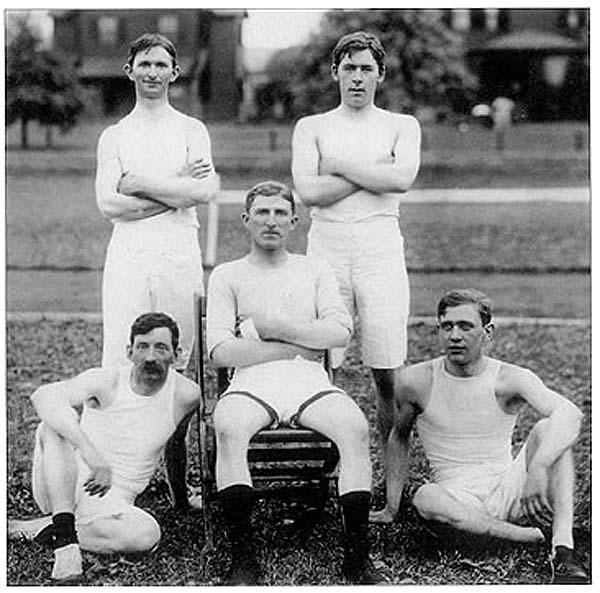
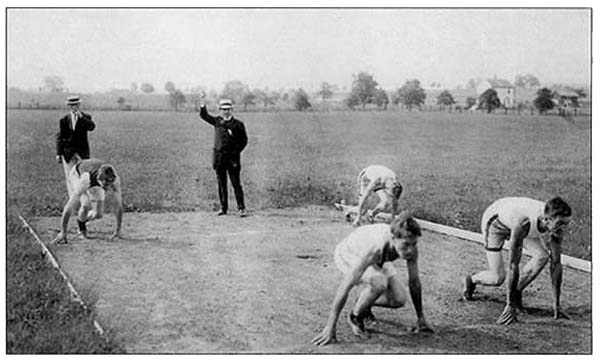
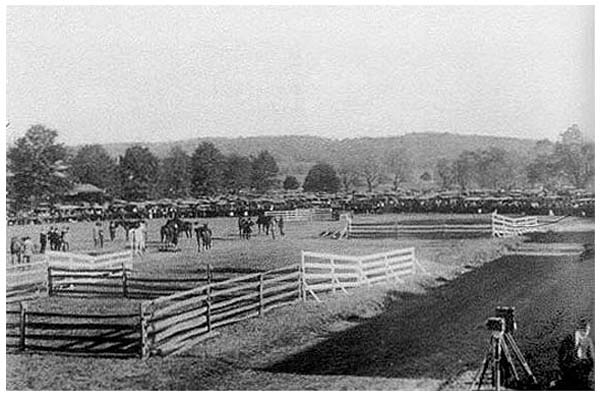
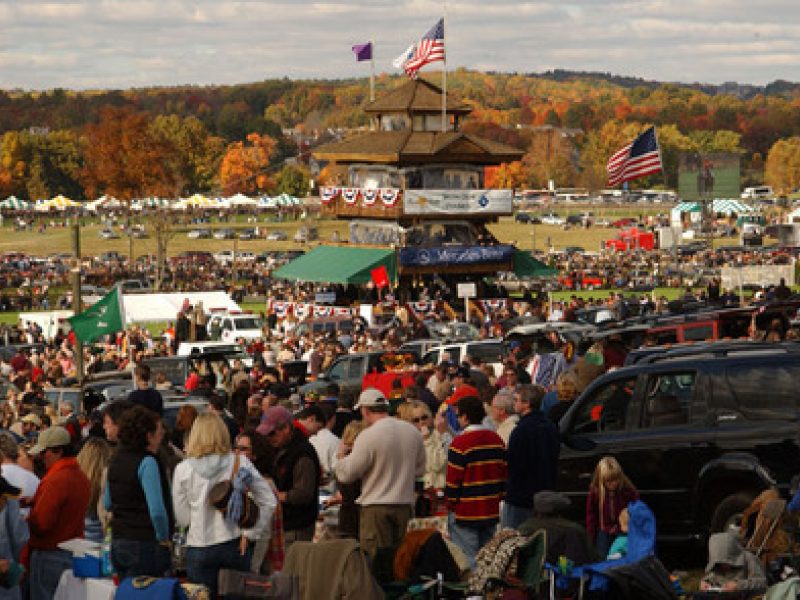
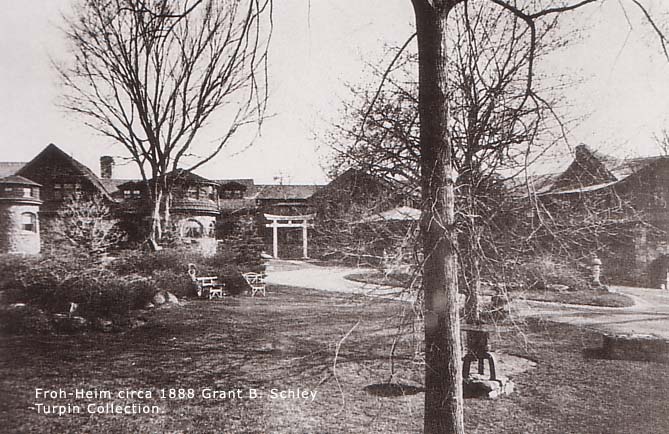

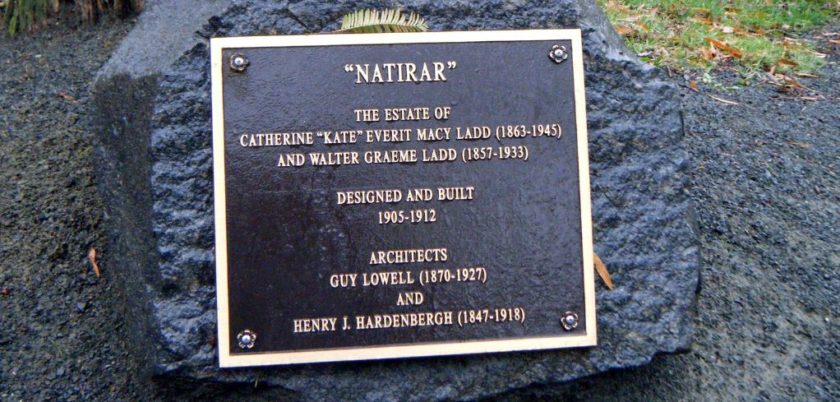
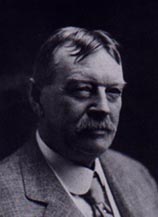
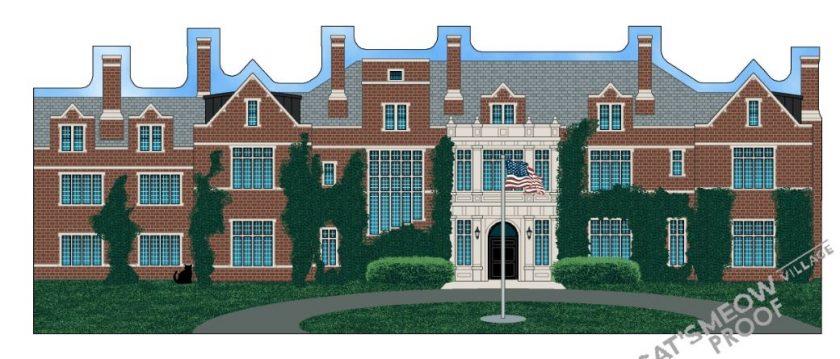
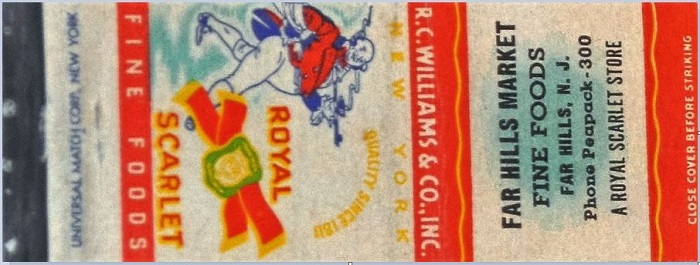
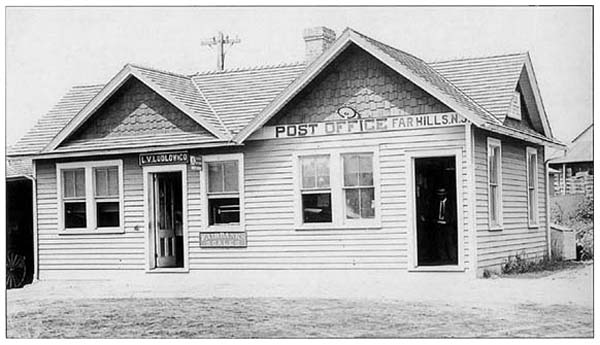
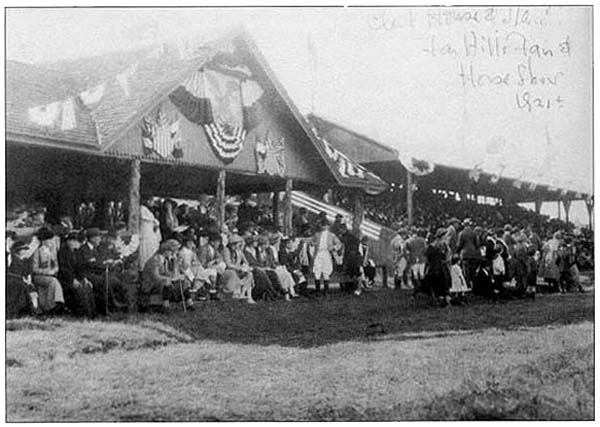
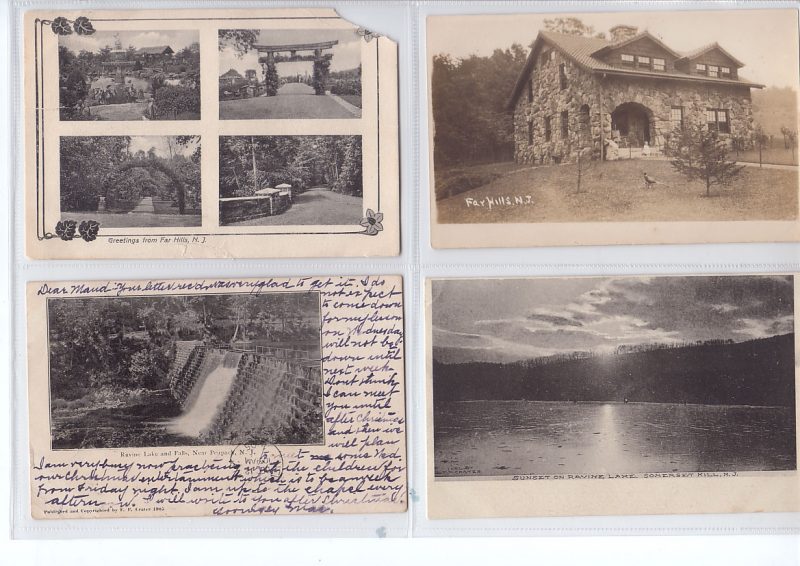
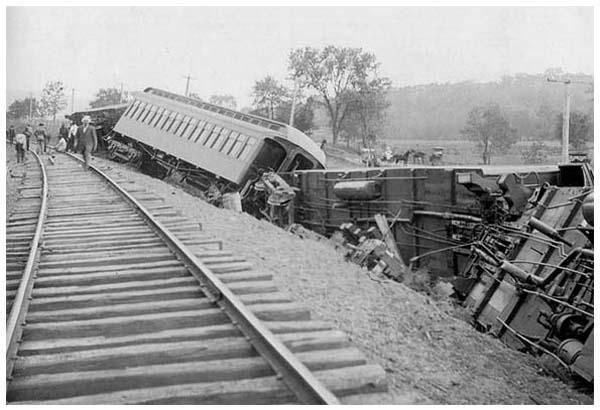
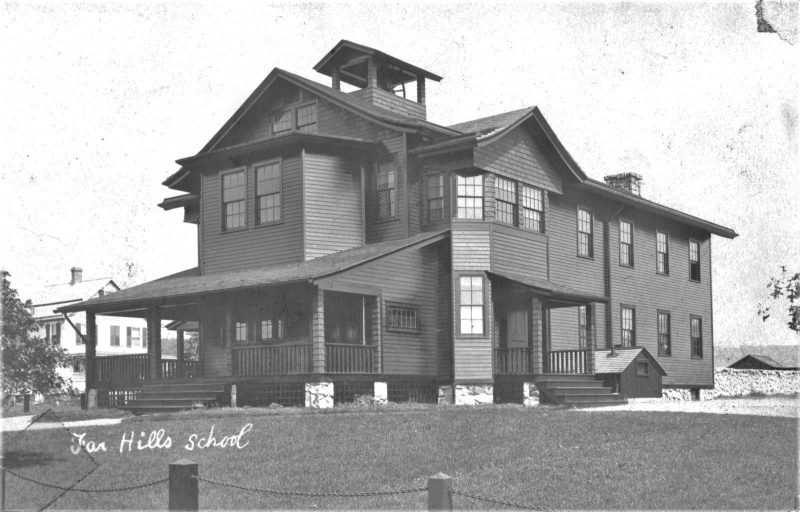
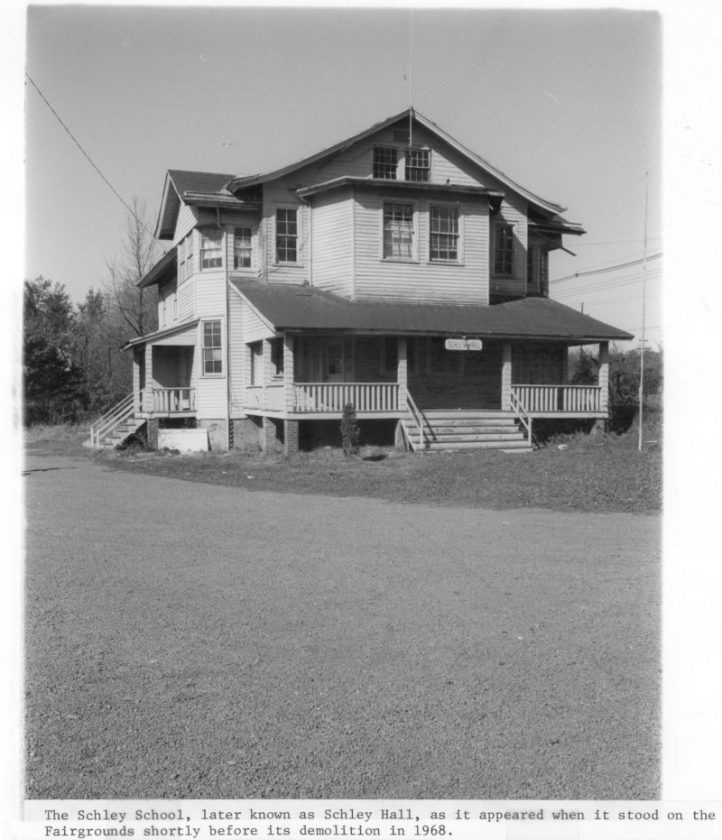
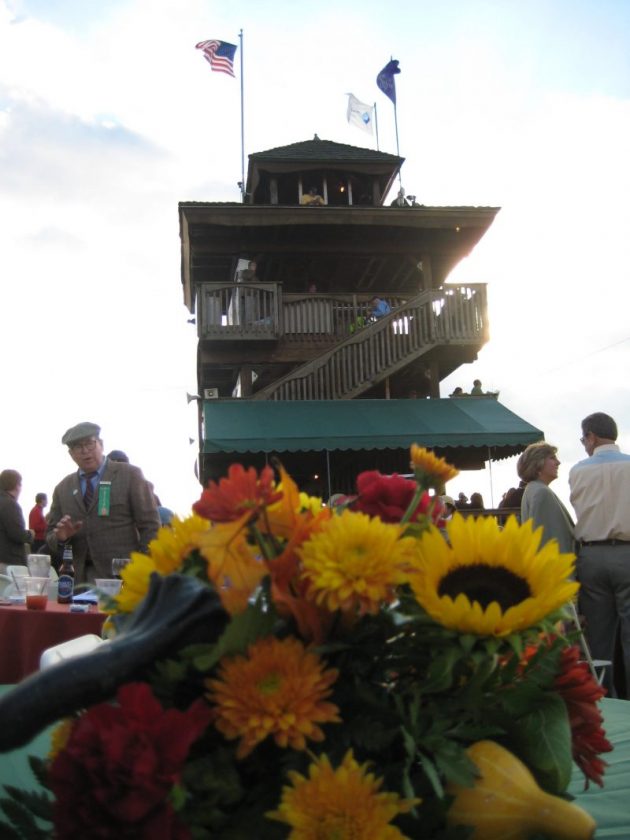
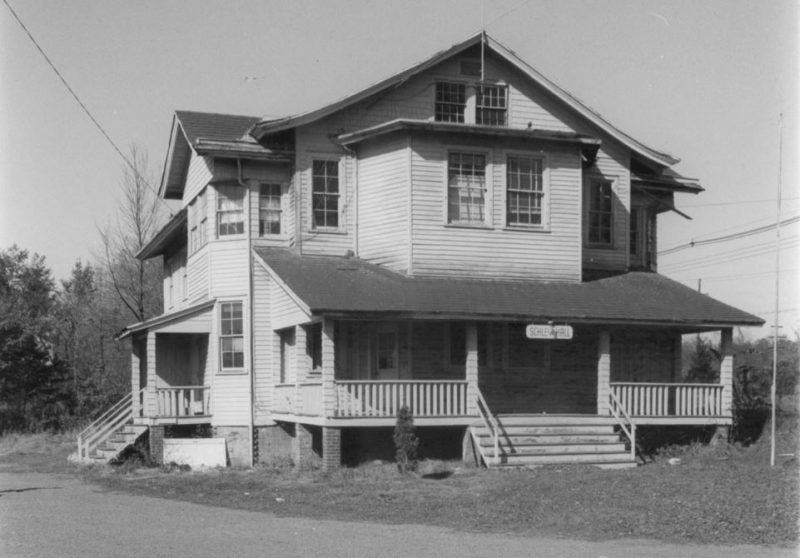
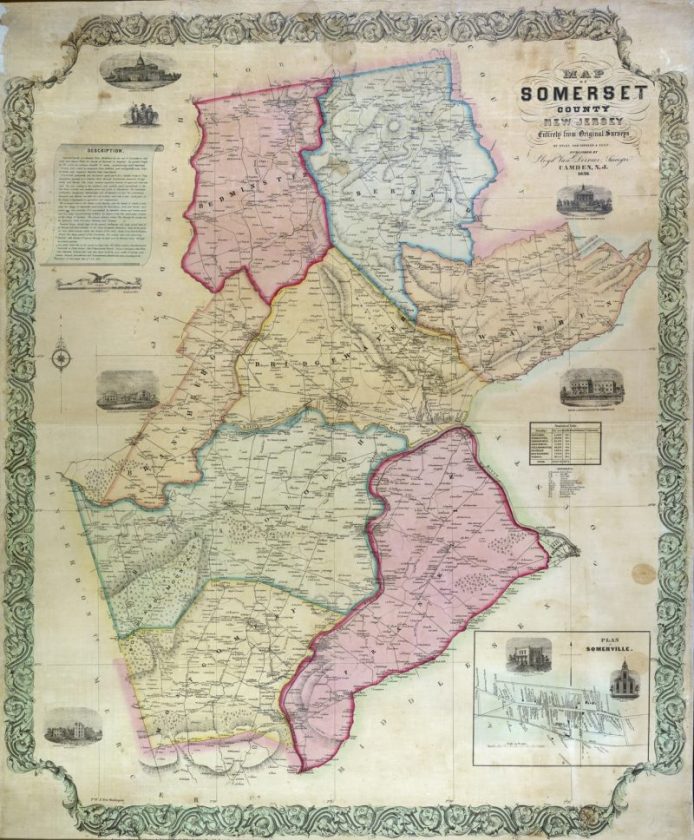
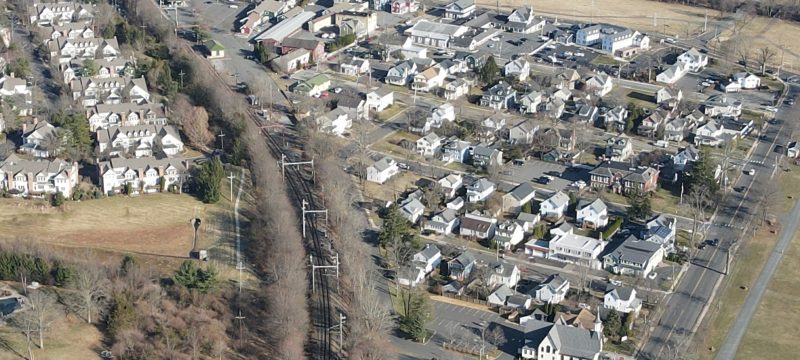
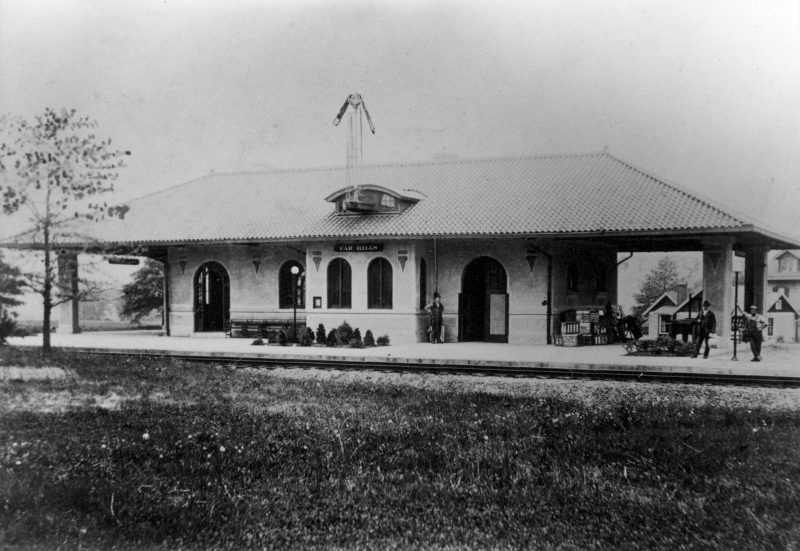
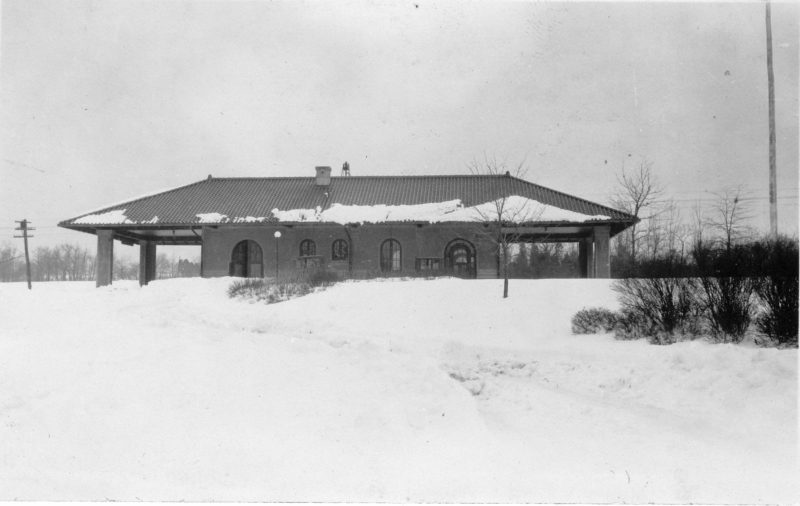


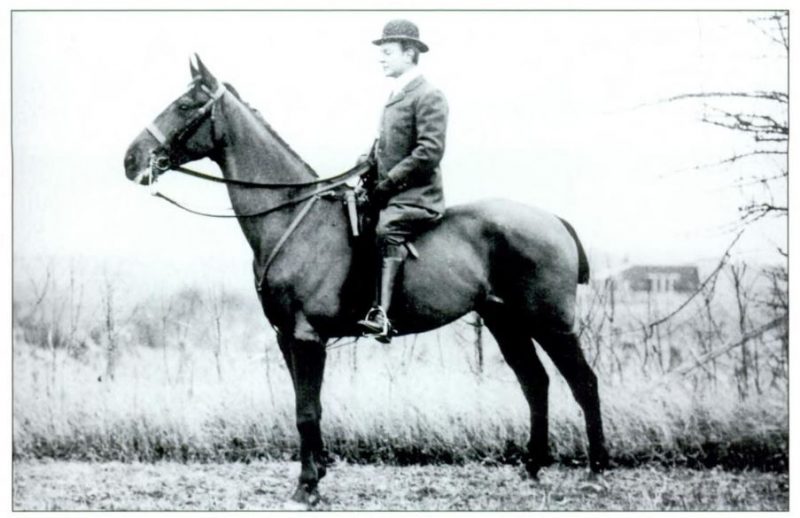
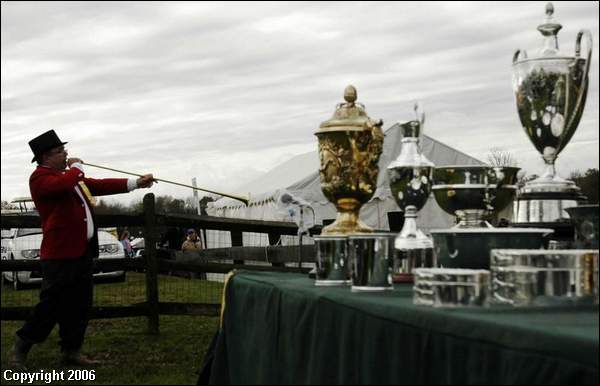
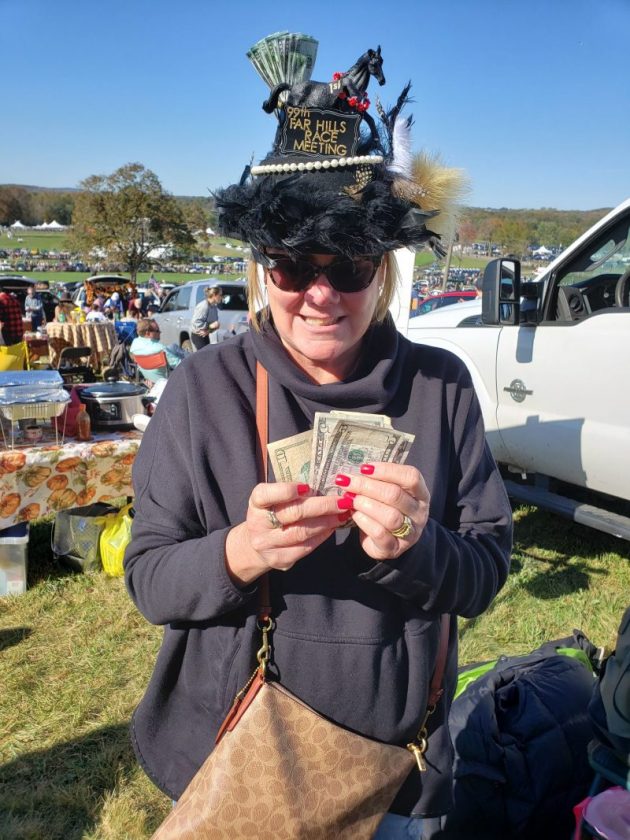
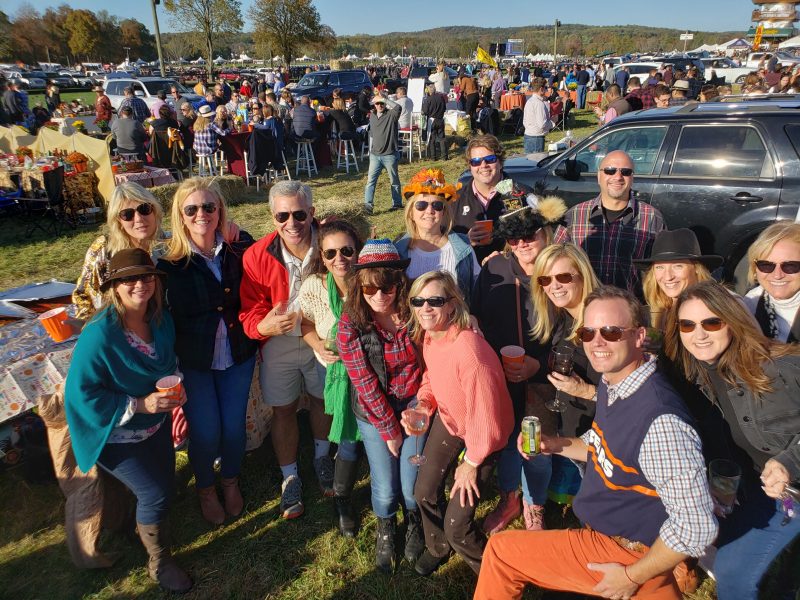
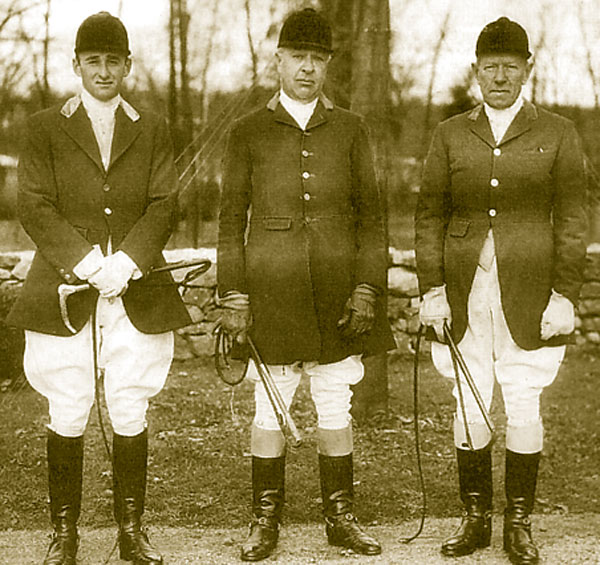
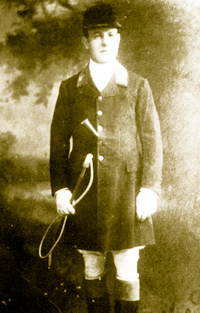
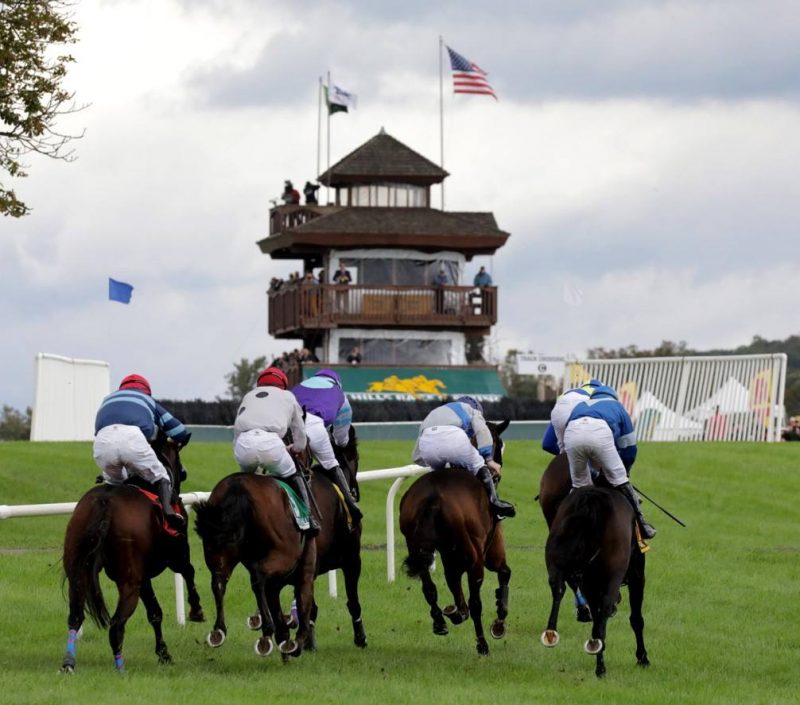
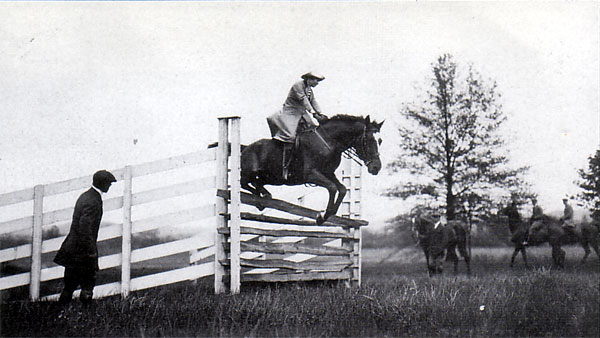
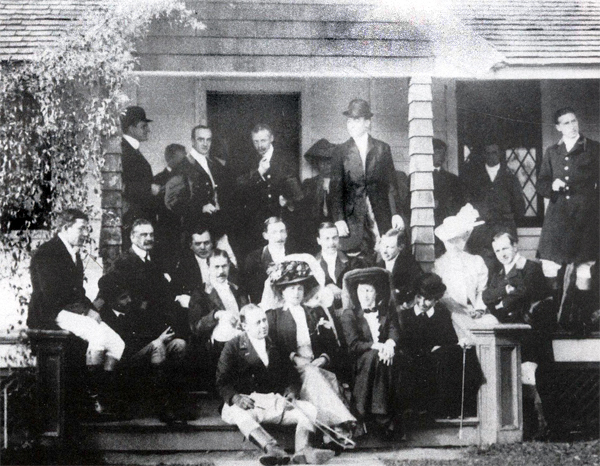
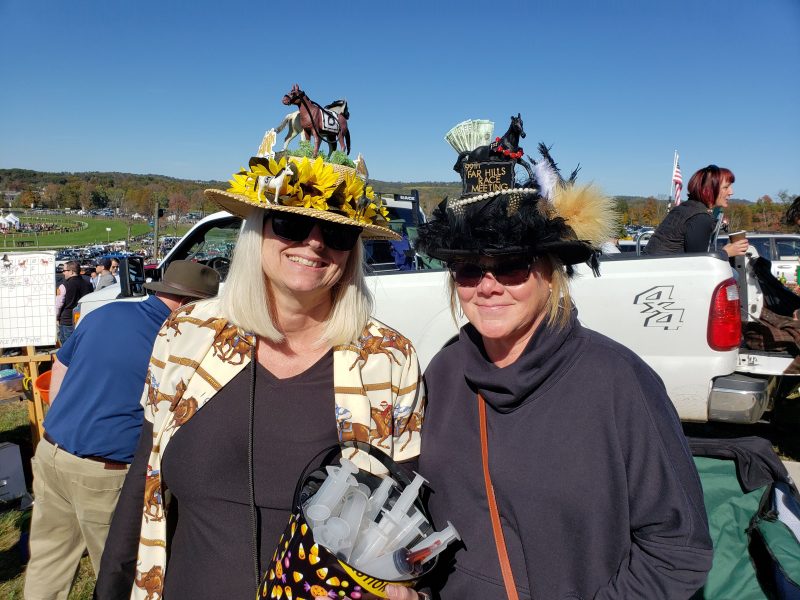
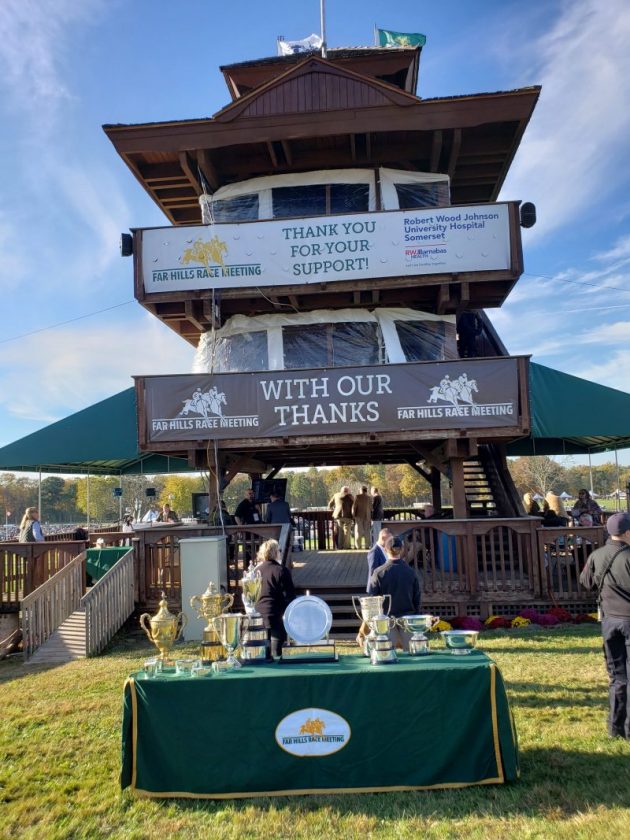
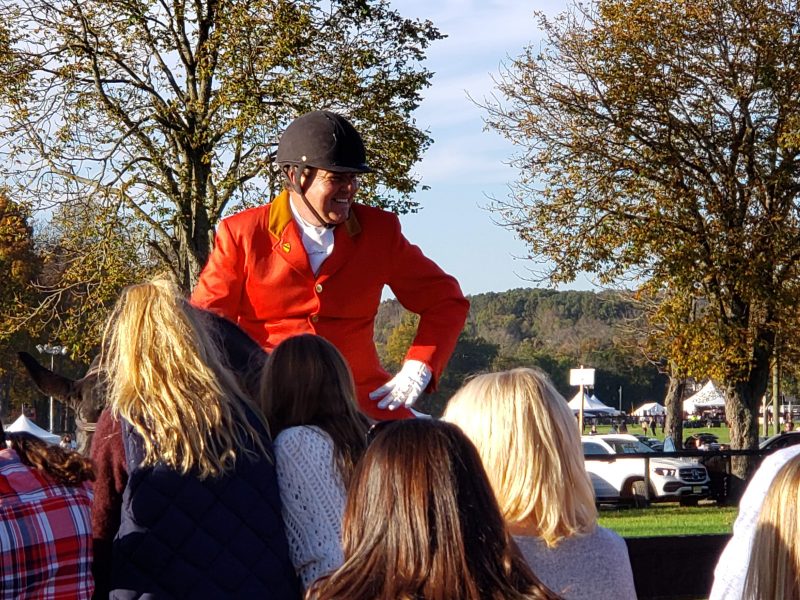
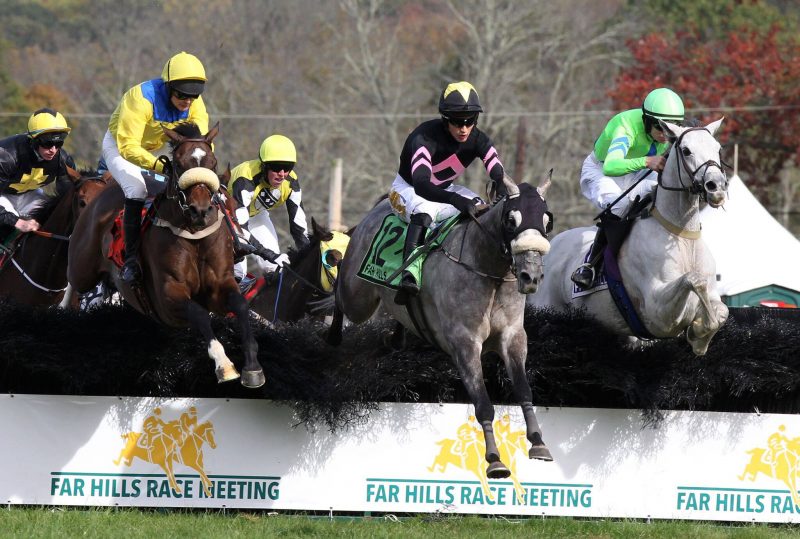
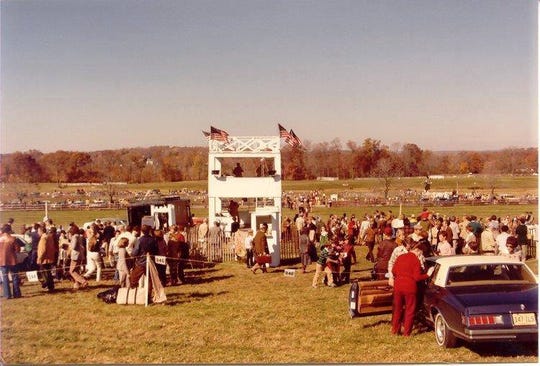
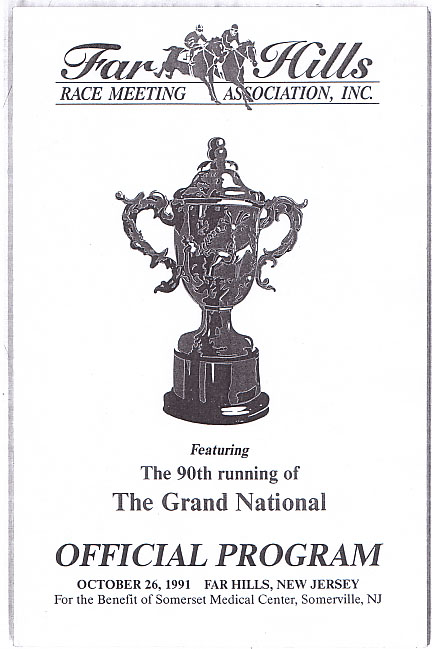
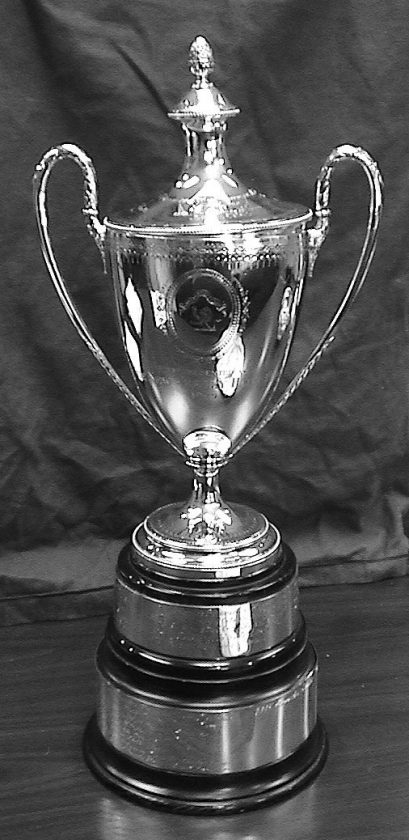


Additional Information

Make a tax-deductible donation to MLH, and we’ll send you this map for supporting local history.
Available while supplies last. Click Here
More New Jersey Local History
- The 15 richest towns in New Jersey
- Mr. Local History honors Far Hills
- Far Hills 100th Anniversary Committee
More Far Hills Posts
Retrospective: Lost & Torn Down Memories From the Somerset Hills
Views: 5,084 As with all Mr. Local History retrospectives, we often update the post when we learn stories and are sent photos from our community. We will continue to expand this piece as information becomes available. If you have any stories to…
Quicklinks – Tracking History From Selected Jersey Towns
Views: 3,301 Want a quick way to search for articles about the history of one of the towns we love to cover?The Mr. Local History Project has created a few quick searches to give you a head start. Our researchers…
The Blessing of the Hounds – A Countryside Tradition
Views: 6,694 An annual tradition for the Essex Fox Hounds of Peapack, New Jersey Blessing of the Hounds Back in 2007, before there was a Mr. Local History, there was just a local looking for fun historic events to go…
History of the US Golf Association Headquarters, Museum and the US Open
Views: 17,551 It’s 2025, and the US Open is at Oakmont Country Club in Pennsylvania, but the ties to New Jersey and the USGA are significant. MOVE RUMORS UPDATE:OK, now the story is getting better! Janeen Driscoll, USGA director of…
Far Hills Race Meeting Collectible & Century Old History of this Fall Jersey Classic
Views: 7,772 Celebrating over 100 years of New Jersey’s fall classic, the Far Hills Race Meeting, with this beautiful wooden painted collectible as part of the New Jersey Historic Village Cat’s Meow wooden keepsake collection. Beautifully handcrafted wood, hand-painted edges,…
The Gilded Age: Natirar Estate in Peapack/Far Hills, New Jersey
Views: 21,979 UPDATE: The Mr. Local History Project is SOOOO excited to introduce the expansion of our Historic New Jersey Historic Cat’s Meow Village, the Natirar Estate in Peapack and Far Hills, New Jersey. Only a limited number will be…
The Far Hills Inn – Remembering Dining Elegance
Views: 1,386 The Far Hills Inn along Route 31 (Now Route 202) was in Bridgewater, not Far Hills, and not Somerville. While researching the history of Far Hills, New Jersey, we found this former treasure, the Far Hills Inn. While…
Who Brings Their Jersey Village Collectibles out Just for the Holidays?
Views: 981 We have been told a terrible rumor. Is it true? Do some people bring out their Jersey Cat’s Meow collectibles only for the holidays? Read on…. Yes, we have been told many people bring out their Cat’s Meow…
Businesses Lost In Somerset Hills, New Jersey this Past Century
Views: 3,208 The Mr. Local History project has been researching and working with the public to create the most complete list of lost businesses in the Somerset Hills in northern Somerset County, New Jersey. The Somerset Hills includes Bedminster, Bernards…
Historic Far Hills Froh Heim Mansion Goes to Auction (AGAIN)
Views: 38,918 The Mr. Local History Project (MLHP) shared the history of this iconic property back in 2000 when the Froh Heim estate in Far Hills went up for auction. Fast forward to 2024, and we recently found out that…
Snowstorms and Sledding in Somerset County New Jersey
Views: 9,141 Snow is an interesting thing. Some love it. Some hate it. But when there’s a major storm in the area, there’s the battle between getting a snow day and whether to play in it or dread removing it.…
Somerset Hills Rail Travel & Commuting Over the Last 150 Years
Views: 5,852 Ever wonder what it was like to travel on a train back in 1872 in the Somerset Hills? Train service has always been a connector between Somerset Hills, Hoboken, and New York City. Service runs on what is…
Most People Don’t Know The Meaning Behind These Town Names
Views: 6,941 The Mr. Local History Project took a moment out to answer a very simple set of questions, of which we’ve learned many people just didn’t know the correct answer. The Somerset Hills is an area of northern Somerset…
Taking Jacob’s Ladder to the Devil’s Tomb (Grave)
Views: 24,101 Devil’s Tomb & Jacob’s Ladder –Look what happened when Weird NJ Issue #12 came out. A place that sits quietly in obscurity for hundreds of years comes to an abrupt end when overzealous devil seekers search to find…
Somerset Hills Cartographer John Smith Maps Local History
Views: 7,566 National Award-Winning Landscape Architect Lives and Breathes History with His Map Creations. The Mr. Local History Project introduces you to a dear friend and history connoisseur who has taken cartography to a whole new level, overlaying history onto…
Far Hills Race Meeting is Real Social Jersey History
Views: 20,513 UPDATE:FS2 is carrying America’s Day at the Races today (Sat, Oct 18, 2025) from 12:00–6:00 pm ET, which includes coverage from Far Hills. First post at Far Hills is 12:50 pm ET What’s in a name? Some call…
Retrospective: Belcher- Moggy Hollow – Buck Gardens and the Far Hills Fairgrounds
The 12-acre locale in Far Hills, New Jersey, known as the J. Malcolm Belcher Fairgrounds, holds a significant place in local history. Named after James Malcolm Belcher, former mayor, WWII veteran, and influential community figure, the area now serves as…
MLH Honors Back to School with Historic School Images From the Somerset Hills
Views: 6,654 Schools in the Somerset Hills area of northern Somerset County have been a mainstay back to the mid-1700s. We honor the history of these memorable facilities in images from various sources now in our digital research archives. For…
Finding the Truth About the KKK in Basking Ridge & the Somerset Hills
Views: 16,570 History is a strange thing. The myth often outweighs the truth in many cases, sometimes distorting it to create a more compelling narrative. Sometimes, it’s like the game where you whisper something to someone, then they whisper to…
Recreating the Historic Charter of Bernardston
Views: 8,692 Historic documents often meet their tragic endings swiftly and tragically. In 1850, Bernards Township was known to have had a massive fire at the home of the township administrator, burning all of the township’s documents, including its founding…
The Mr. Local History Project Honors Two Far Hills Historic Icons. Accepted into the New Jersey Historic Village Collection – Get Yours Today
Some of the above history research was written initially by Bedminster Township Historian ANNE O’BRIEN and appeared in the Bernardsville News on October 23, 1987. Mrs. O’Brien died on October 10, 1987. The Mr. Local History Project provided additional research, photos, clarifications, and a general update to her work. We miss you, Anne!

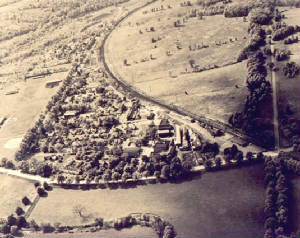
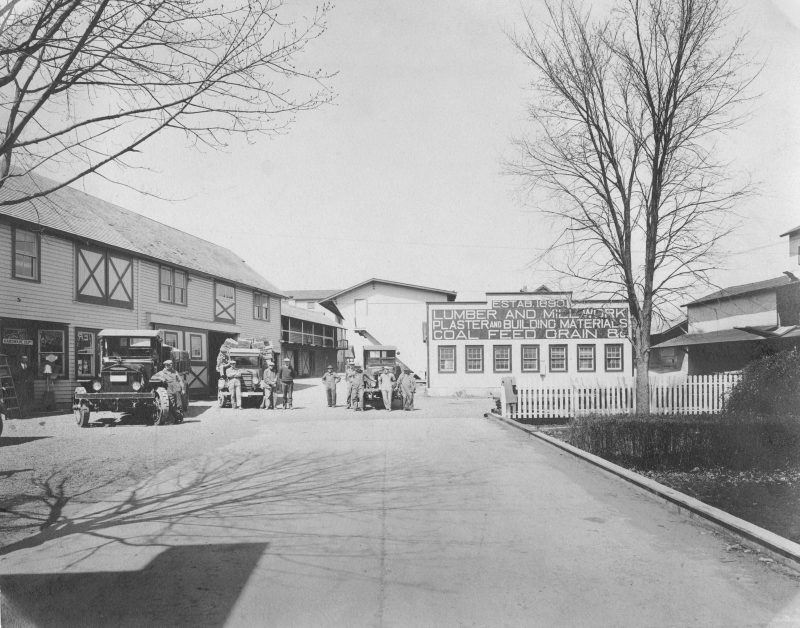
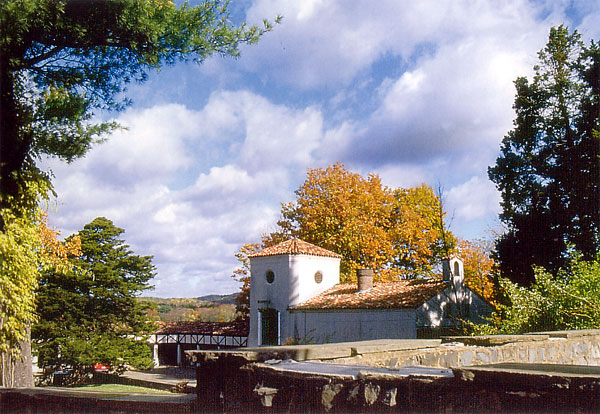
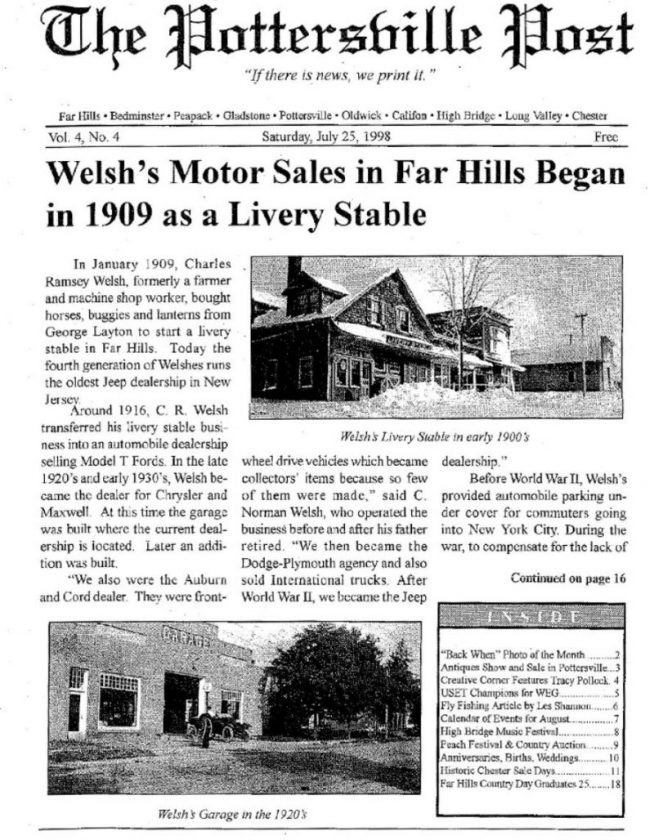
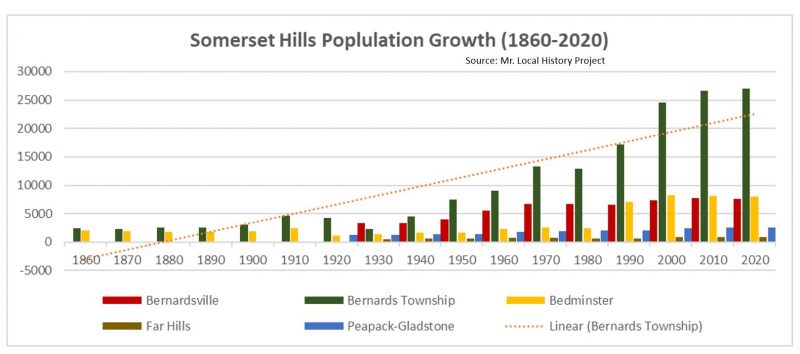

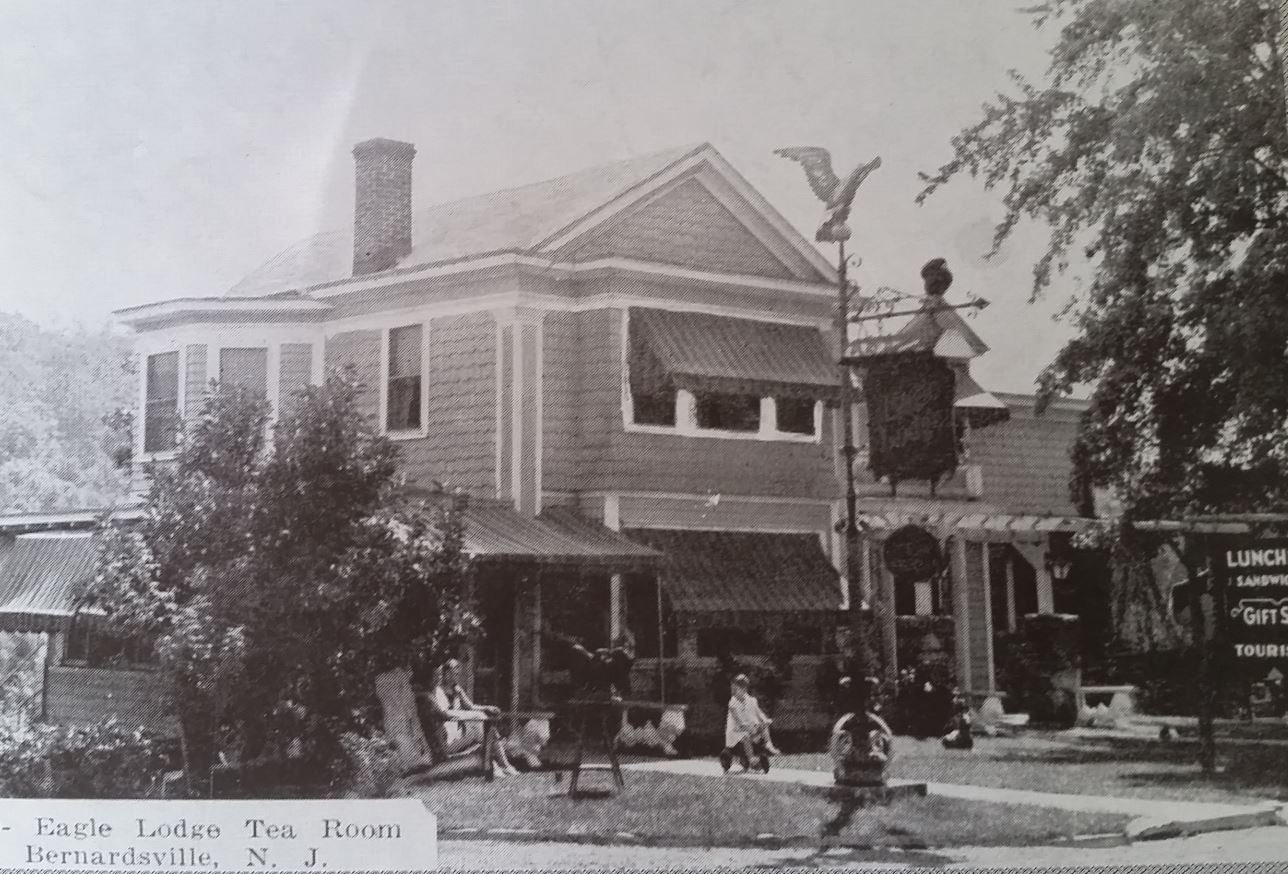
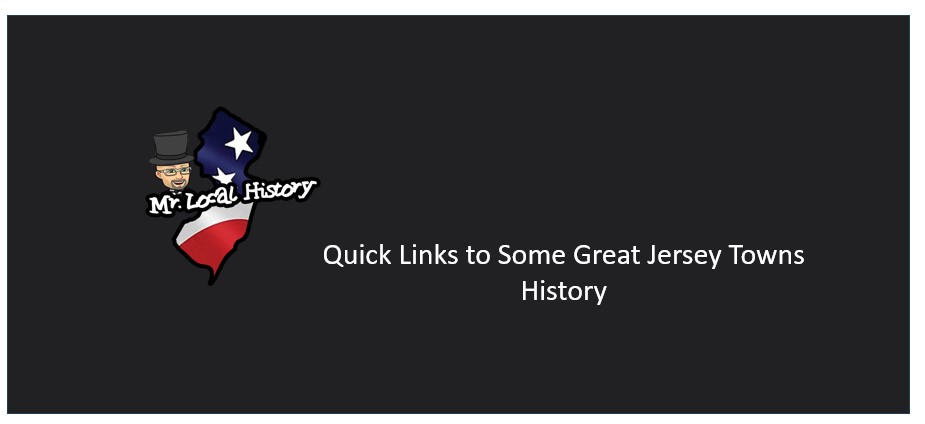
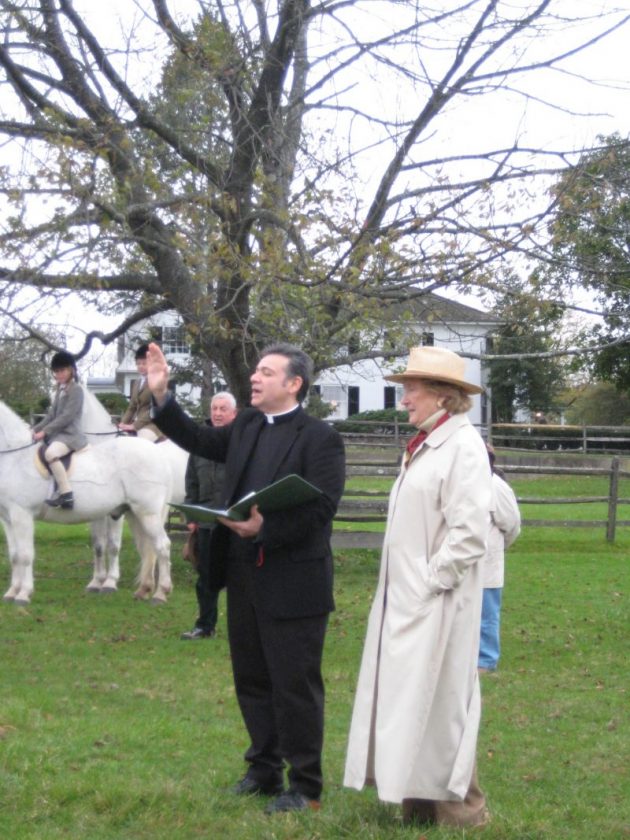
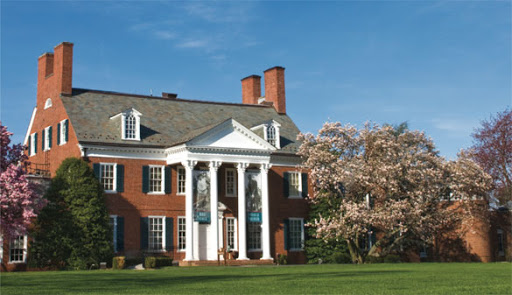
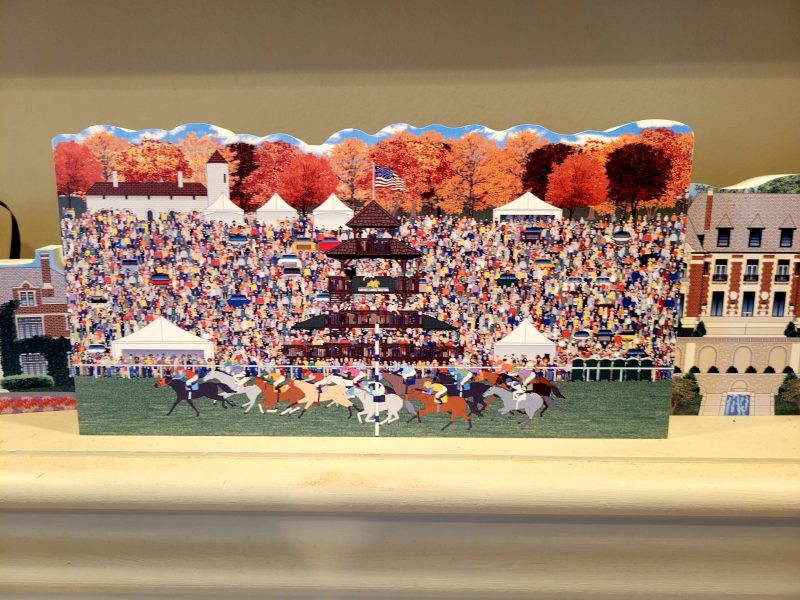
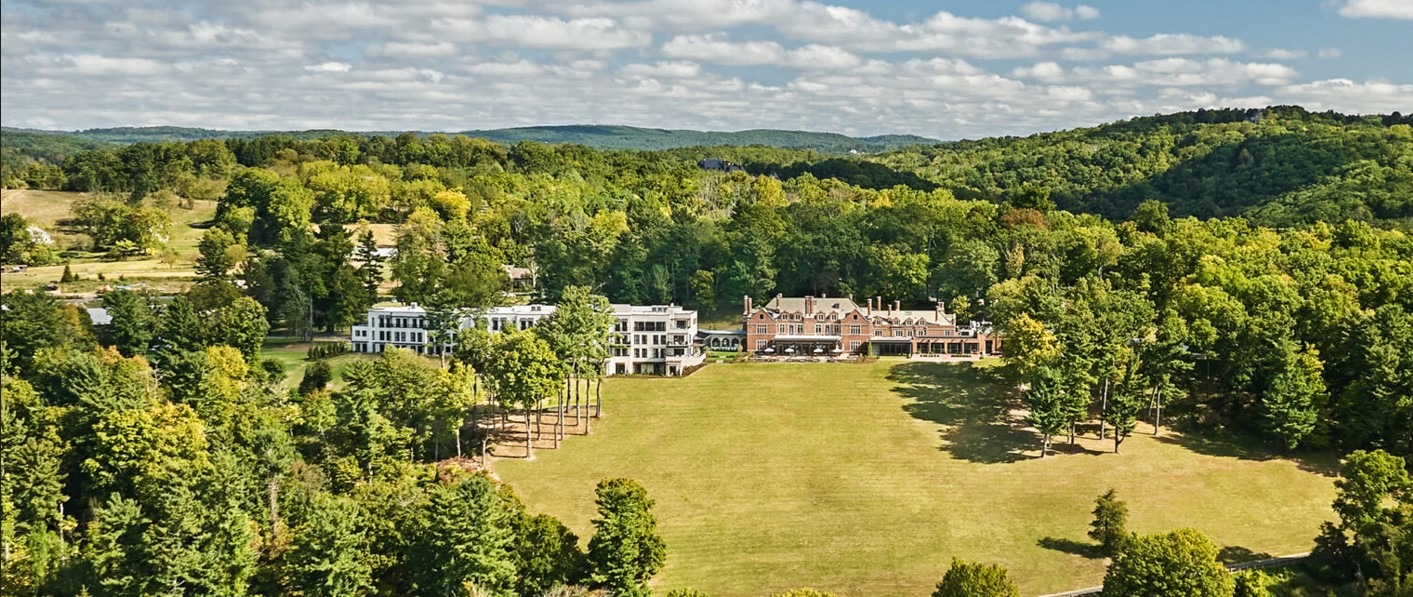
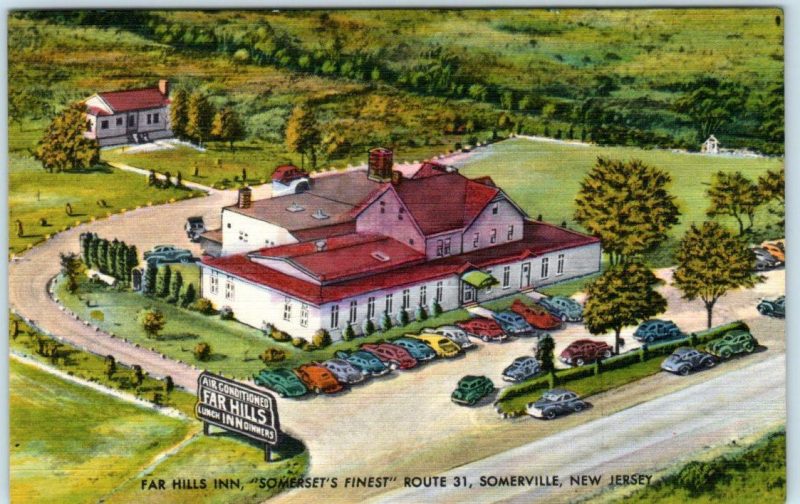
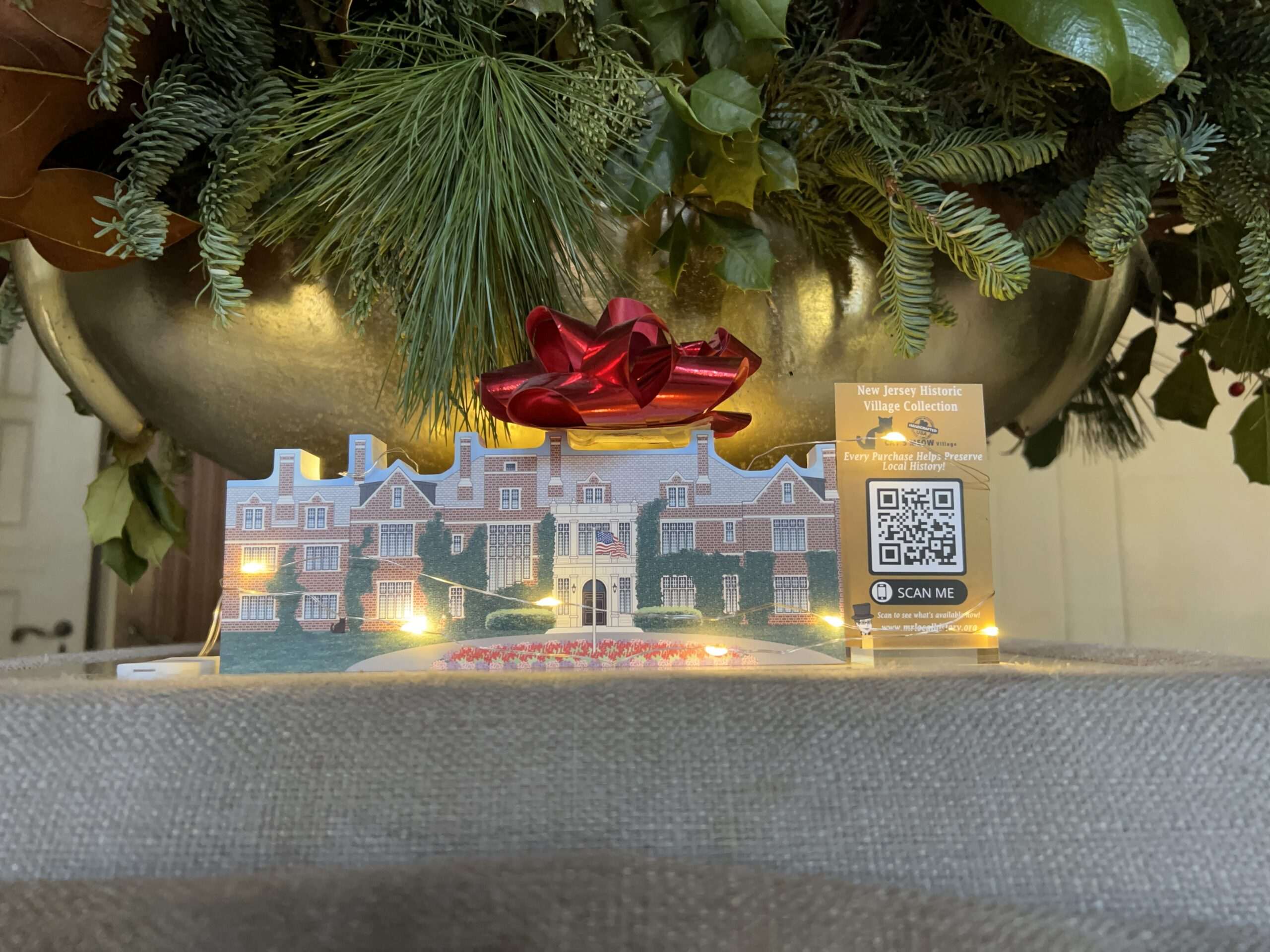

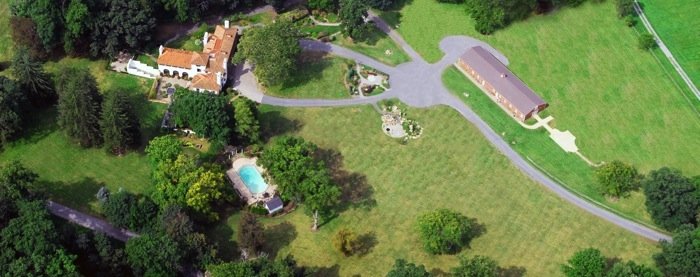
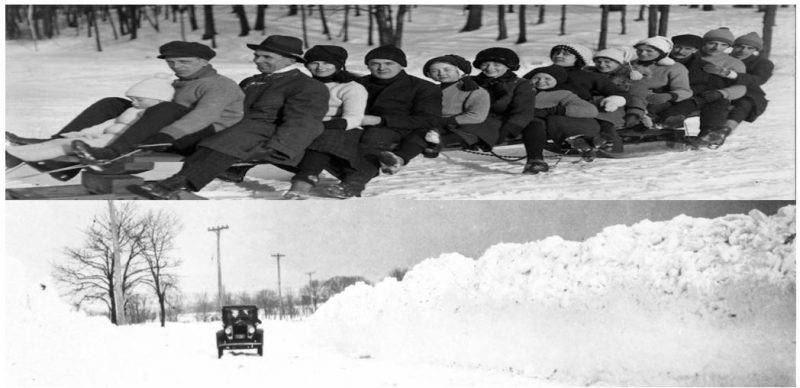
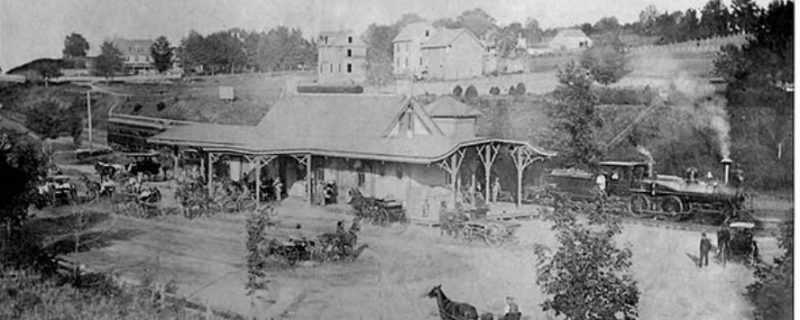
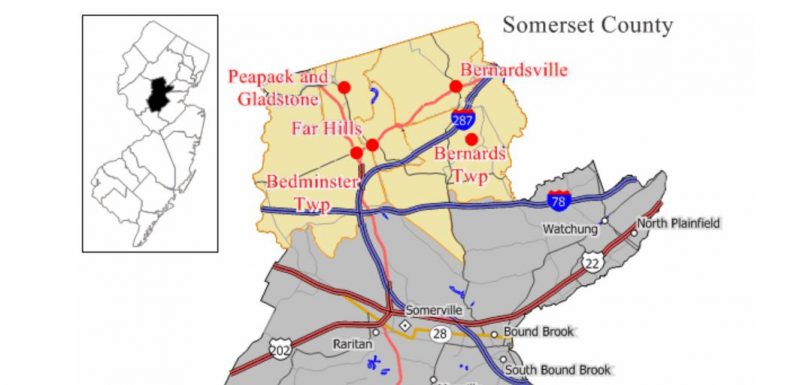
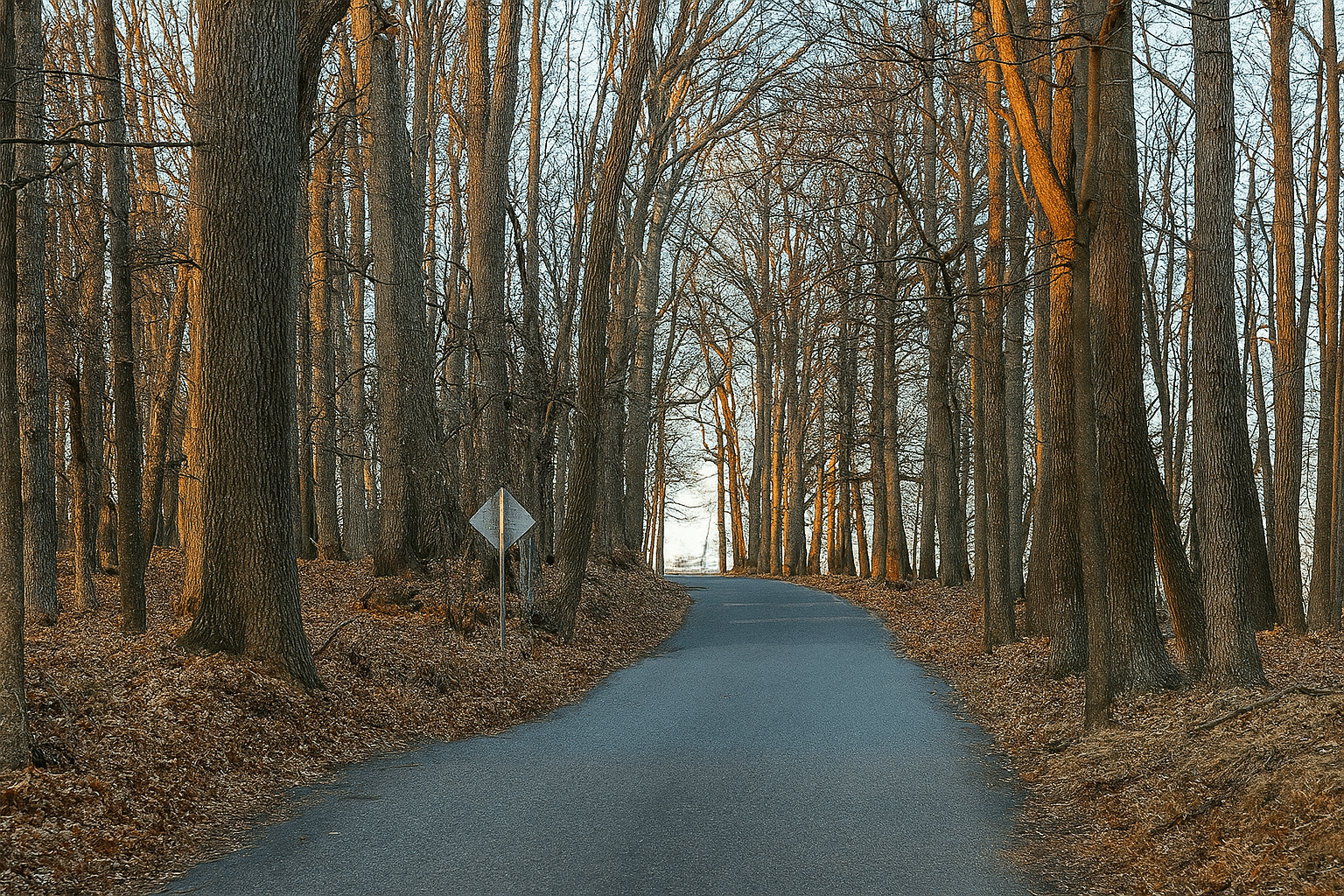

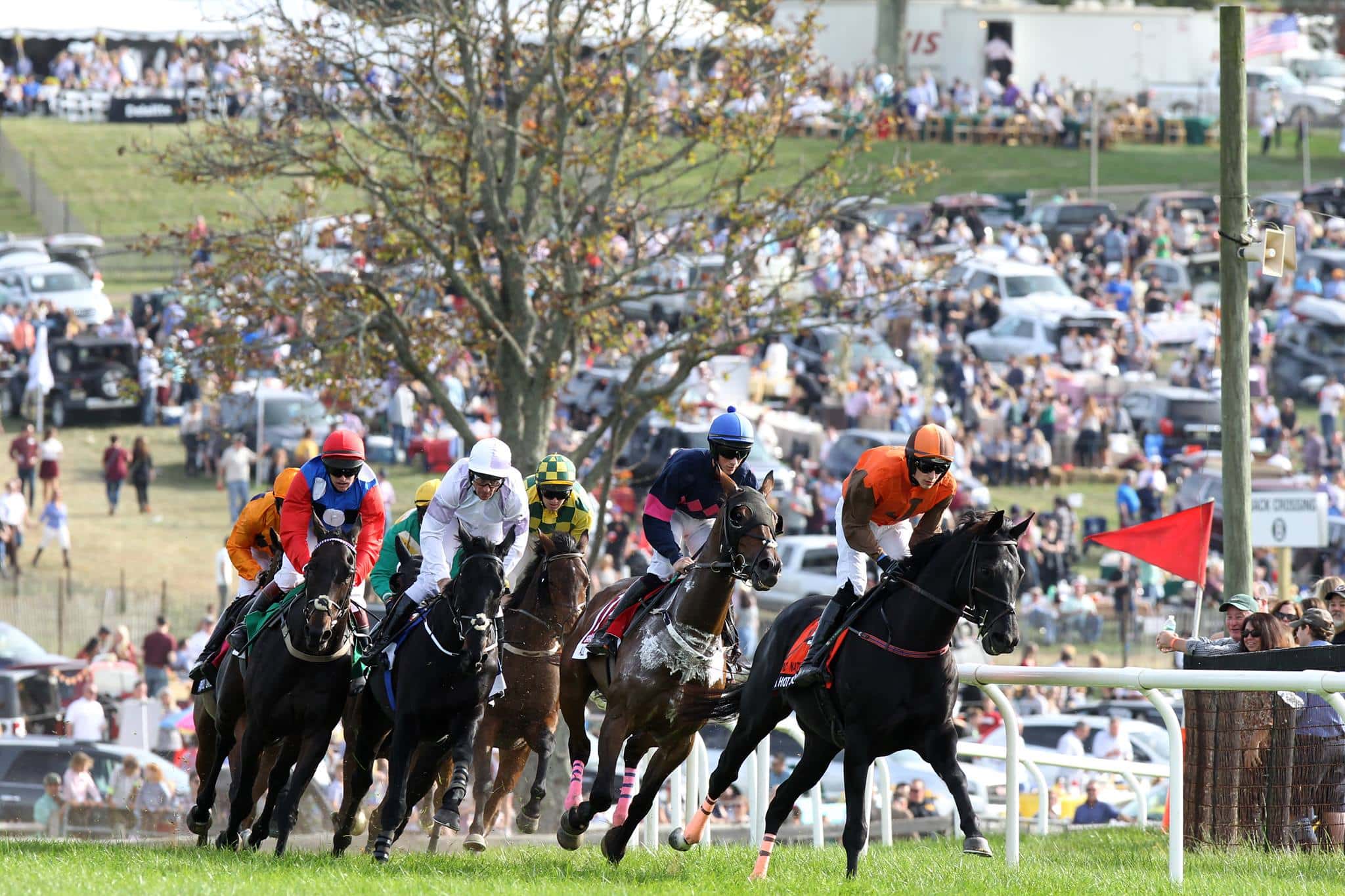
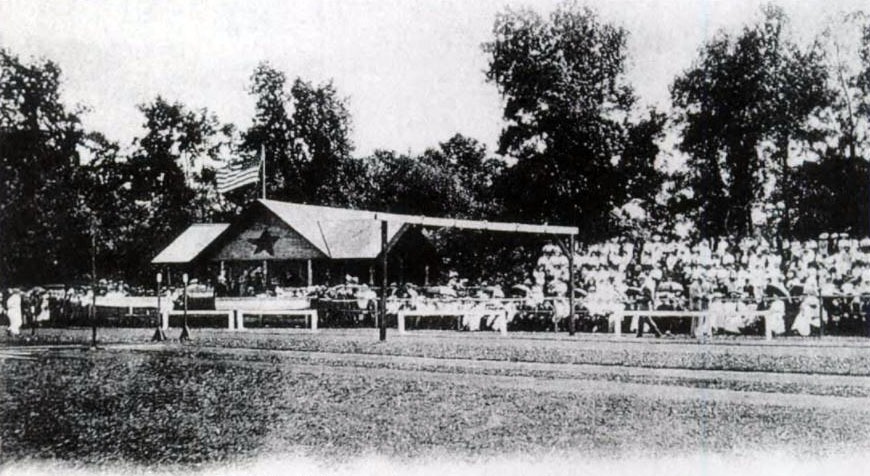
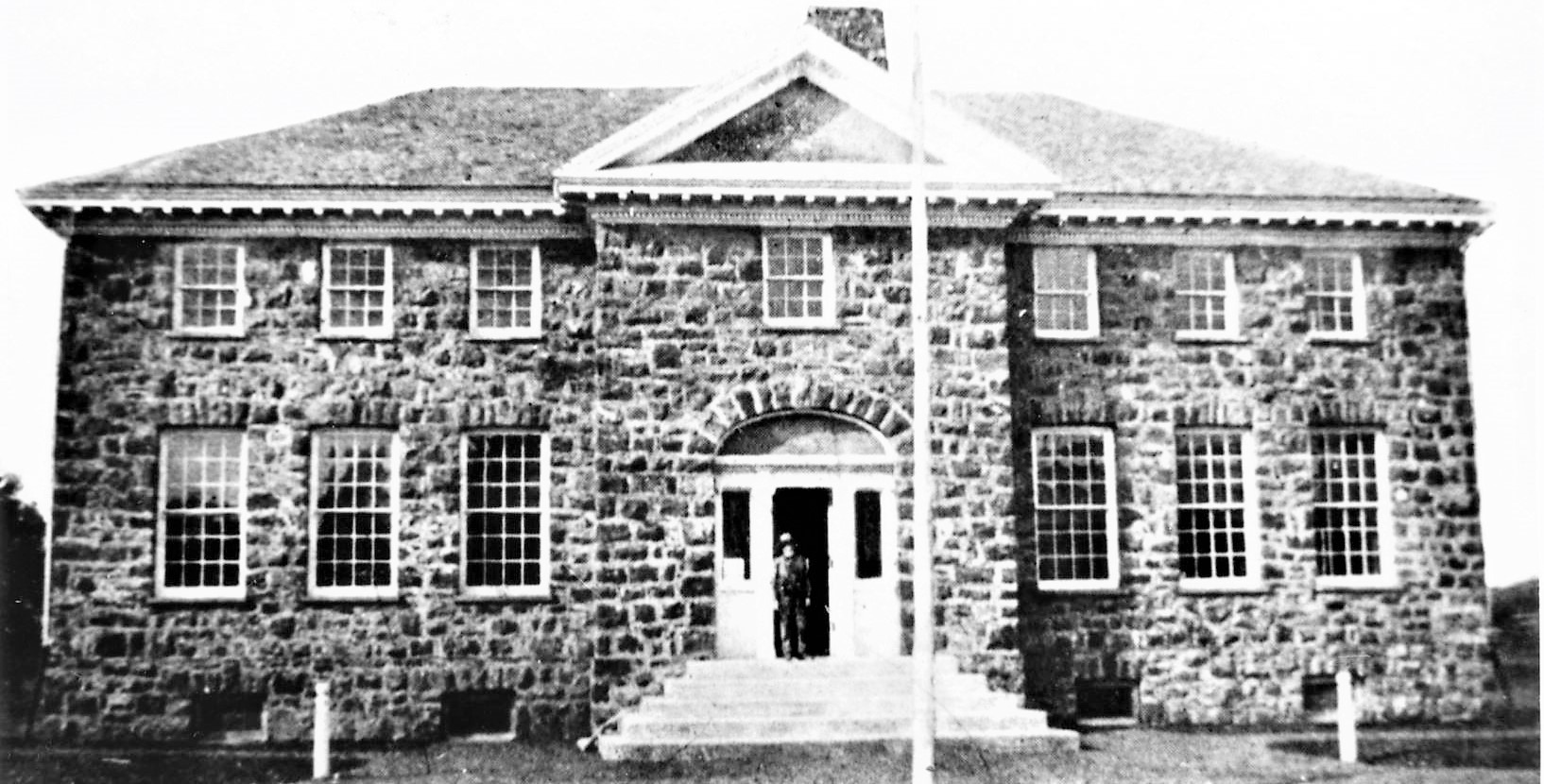

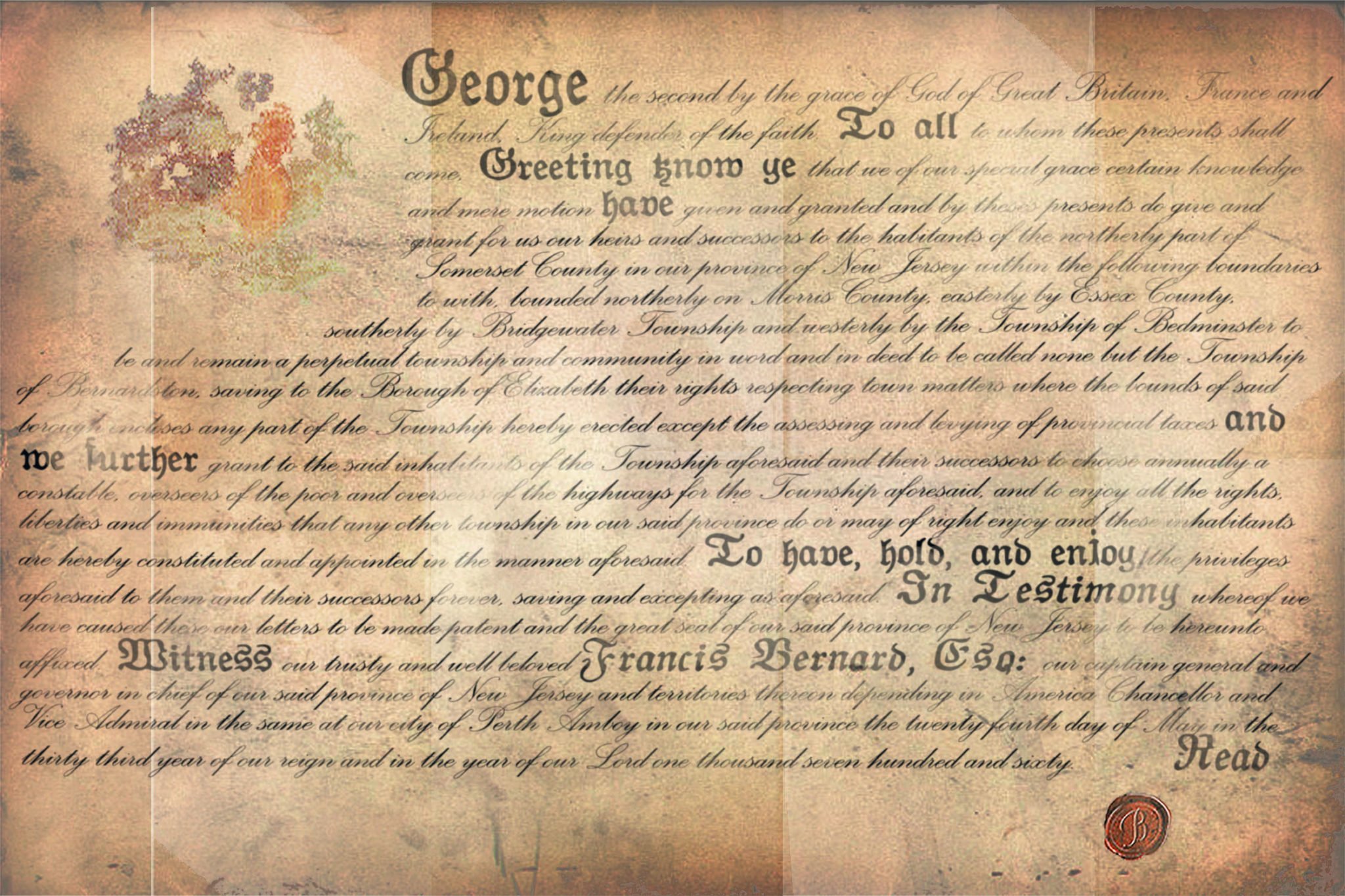


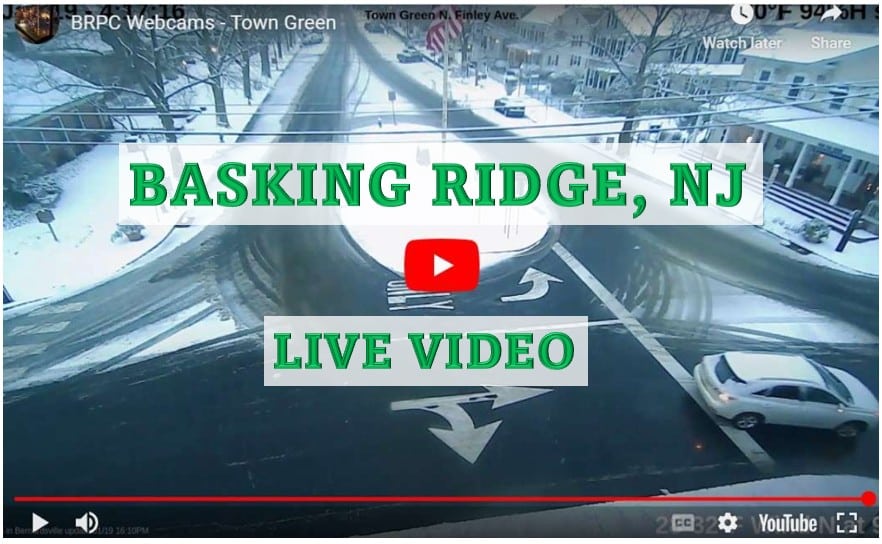
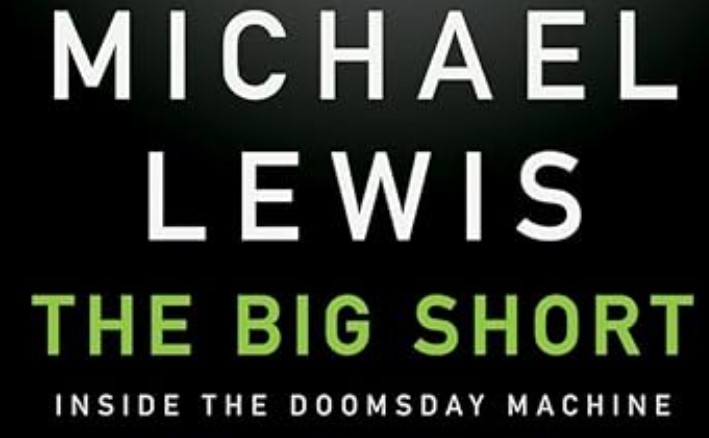
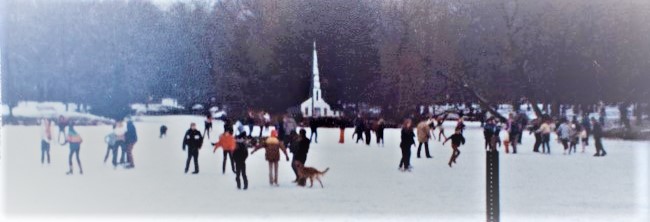
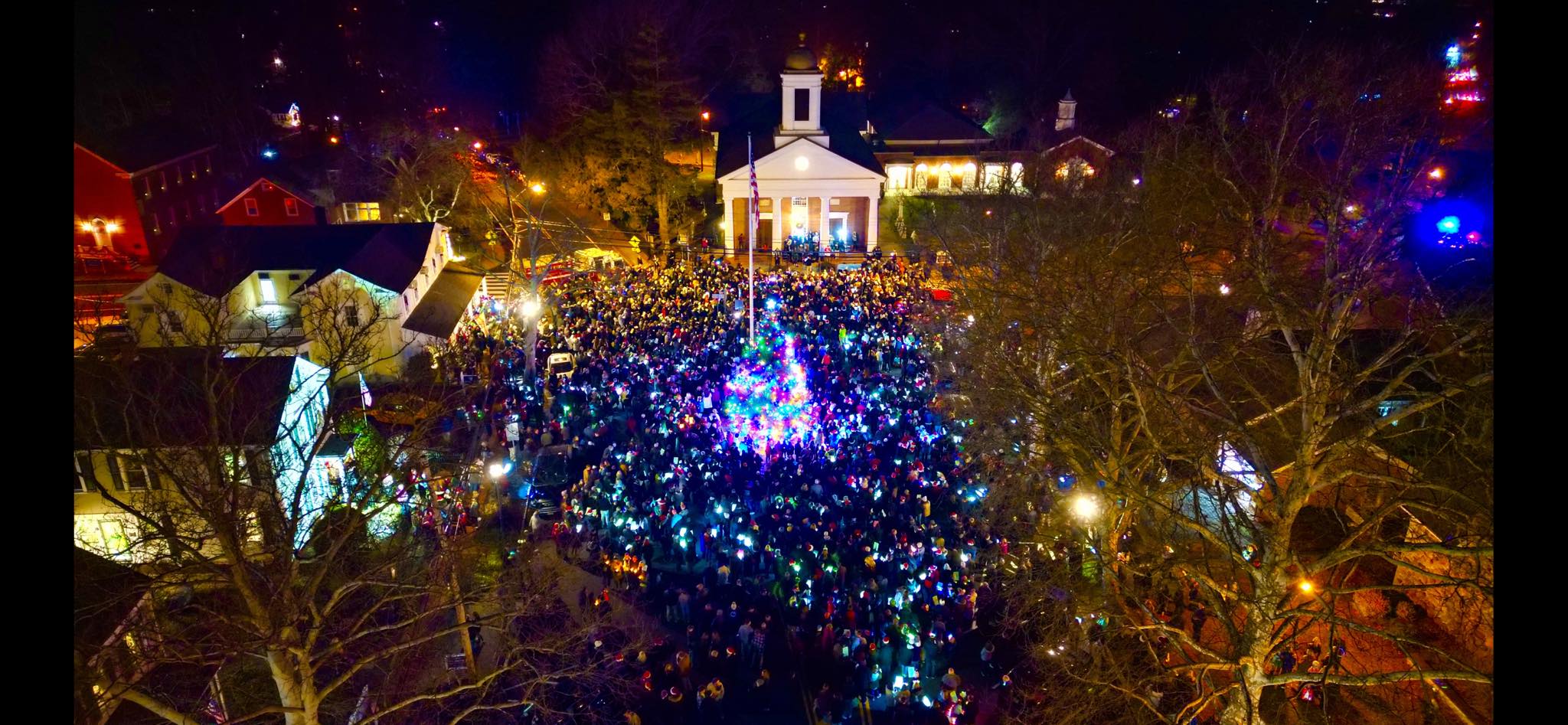
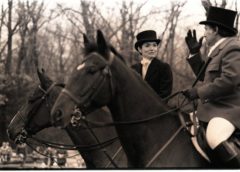
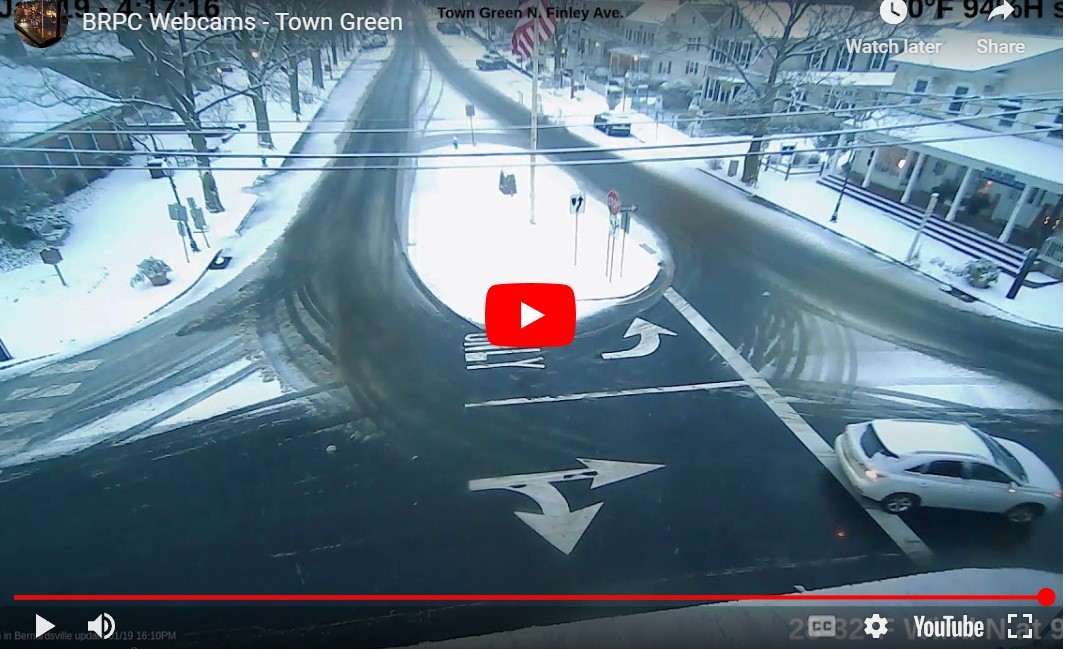
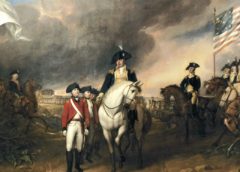
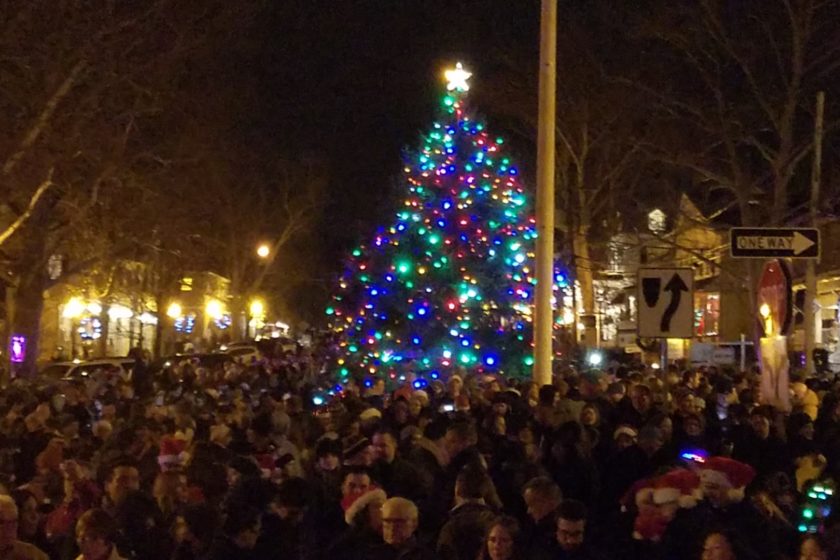
Far Hills had its own defense plant during WWII. The L V Ludlow hardware and lumber company manufactured wooden ammo boxes for the war effort.